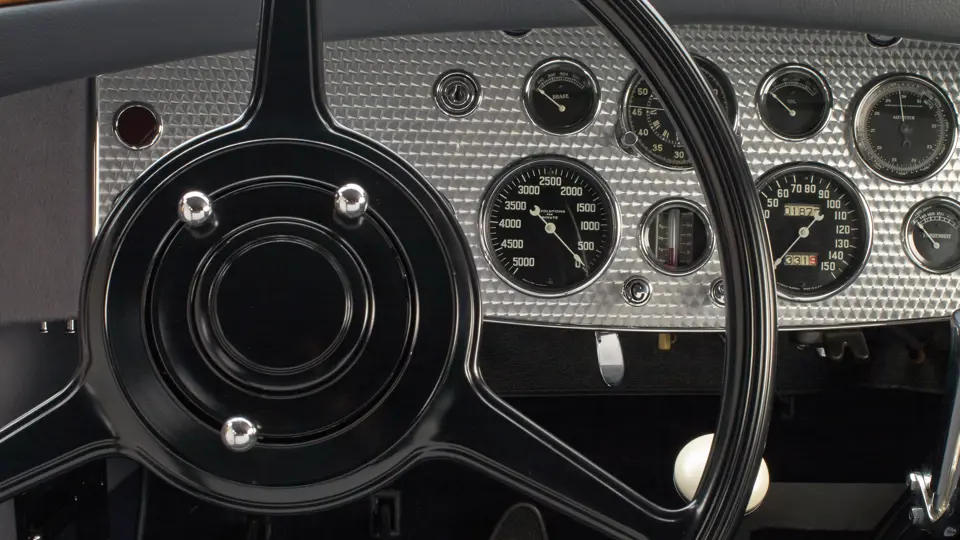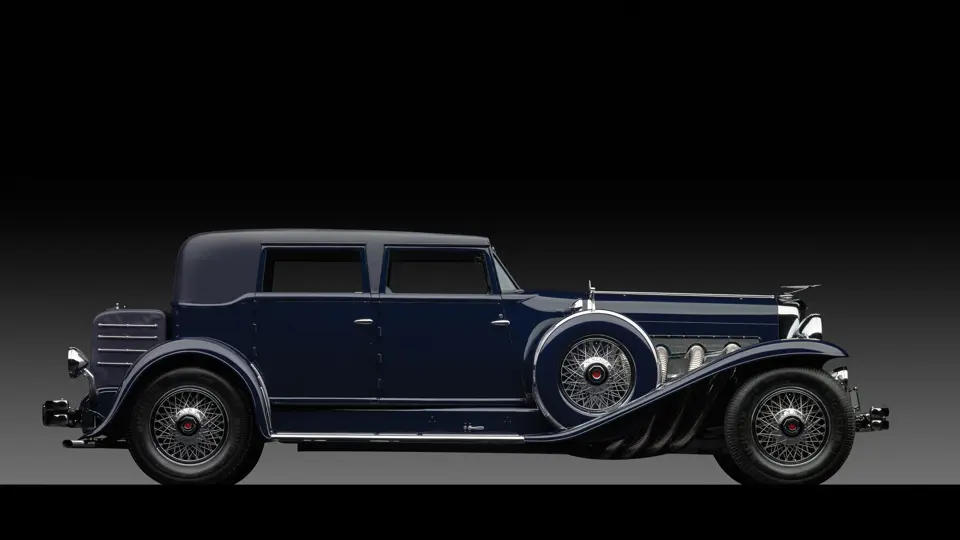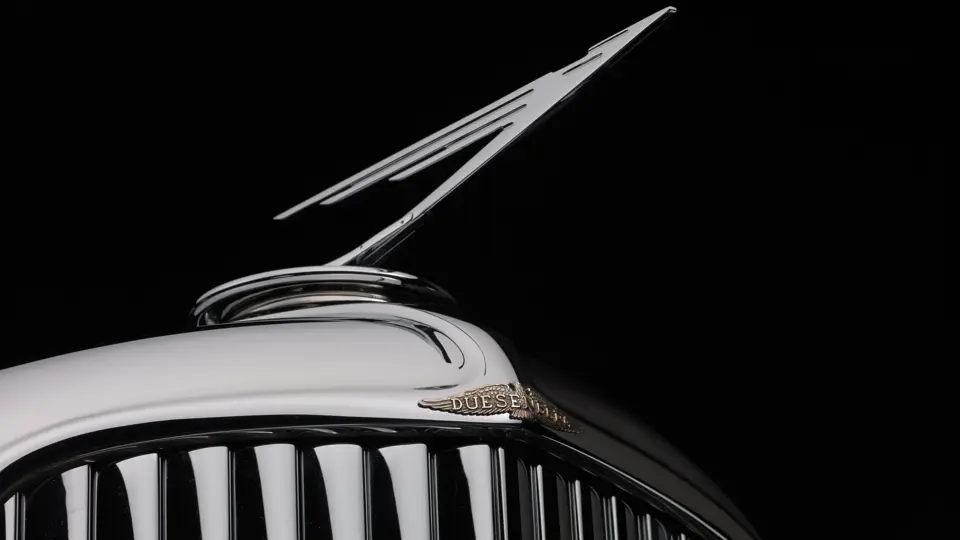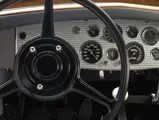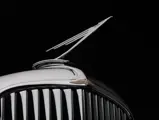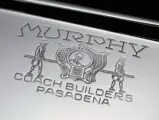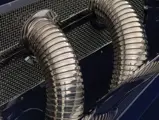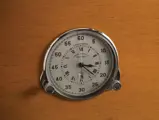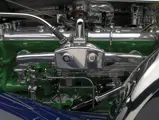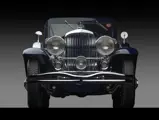

1933 Duesenberg Model SJ Beverly by Murphy
{{lr.item.text}}
$1,760,000 USD | Sold
{{bidding.lot.reserveStatusFormatted}}
- The most beautiful and desirable closed coachwork on the Duesenberg chassis
- The only factory-supercharged Beverly built
- Still equipped with an original supercharger today
- Winner of multiple Best in Show and Best in Class awards
Many of the most beautiful bodies for Duesenberg were created not by private coachbuilders, but by Gordon Miller Buehrig, who was hired in 1929 as Duesenberg’s chief body designer. Buehrig would enjoy one of the richest and most successful careers of any American automotive designer. Following his work for Duesenberg, he would create the 1935 Auburn 851 Speedster for corporate sibling Auburn Automobile Company, as well as the mold-breaking Cord 810 and 812. His work was dashing, ahead of its time, and distinguished by beautifully tailored proportions and an eye for fine detail. He was a natural designer who truly saw cars as art, as evidenced by the title of his autobiography, Rolling Sculpture.
THE BEVERLY
One of Buehrig’s classic designs for the Model J, and among the designer’s proudest creations, was a sedan called the Beverly. Originally created for the Chicago Auto Salon of 1930, it was designed as a formal car for city use; it would have sporty, close-coupled proportions and aircraft-inspired design features, but it would also be suitable for chauffeured use. In addition, it would have a large trunk, should the owner wish to take it outside of the city for extended touring purposes.
The design’s distinguishing features were a dramatic, slanted windshield that was framed on the sides by small, triangular panes and a roofline that “dropped” in a vee between the side windows, with both serving to lighten the otherwise formal appearance of the car. Buehrig claimed that he borrowed the “drop” in the roof from the convertible tops of cars designed by Paris coachbuilders Hibbard & Darrin, but he was able to “crisp” the design by using metal frames and a fixed roof, keeping the lines well defined.
The interior was equally impressive. The rear seat was split into two cozy armchairs, by means of a fixed center armrest. “In the cabinet behind the front seat,” Buehrig noted, “we installed a radio, a glove box, and a rear seat instrument panel. Since the Duesenberg Model J was the only American car capable of 100 miles per hour, I reasoned the rear seat passenger would enjoy a speedometer.”
A total of 10 Beverlys were produced, with eight of them by the Walter M. Murphy Company, of Pasadena, California, and an additional pair by the Rollston Company, of New York City. In typical Duesenberg style, no two were alike, with each commission as unique as its fascinating original owner.
ENGINE NUMBER J-512
The Beverly offered here is Murphy body number 978, meaning that this coachwork was built directly after body number 977, the first Beverly, which was shown in Chicago. It was ordered by G.E. Crandall, an executive at Montgomery Ward and resident of Chicago’s Gold Coast. It is quite likely that Mr. Crandall saw the original Beverly at the salon in his hometown, and he decided to order a duplicate for himself. Mr. Crandall kept his Model J for fewer than two years, at which point it was returned to the Duesenberg factory branch in the Windy City.
In 1933, Powel Crosley Jr., renowned manufacturer of radios, iceboxes, and, in the future, compact cars, ordered a new Duesenberg, specifying the newly available “SJ” engine, which was equipped with a centrifugal supercharger and was capable of producing 320 horsepower. By the time this order was placed, Murphy was out of business, and one can logically assume that the only way to fill the order for a supercharged Beverly was to move Mr. Crandall’s body into this chassis, number 2538, to which it was mated with engine number J-512. After removal from its original chassis, the body was reconditioned and updated with new wheels and fender skirts, to suit 1933 design trends.
This was the first body fitted to this brand-new chassis, and it has been united to it ever since. In addition, this was the final Beverly sold to a customer, it is the only example on the factory SJ chassis, and it was the only one built without a division window; we can assume that Mr. Crosley preferred to drive himself, which is in keeping with his sporty and debonair image.
Crosley enjoyed his Duesenberg for five years, after which it began two decades of trading among short-term owners in the Windy City. It was sold out of a Chicago Buick dealer to Edward Bonham, an early collector of great foresight and enviable taste. This Duesenberg shared his garage with, among other fine vehicles, another Duesenberg and a 1934 Packard LeBaron Sport Phaeton.
Sadly, Mr. Bonham’s untimely death intervened in his ownership, and the Duesenberg was sold to Fred Benson. Mr. Benson was a very active Auburn Cord Duesenberg Club member, and finding out that the Model J was out of use since the 1950s, he returned it to running order and used it to participate in Midwestern meets. “OH BOY does it run!” he noted to the club’s newsletter in 1971.
Its impressive power aside, Mr. Benson chose to part with the Duesenberg in 1973. The next decade saw it displayed at the Movieworld Museum, a renowned center of California “kustom kulture,” by then-owner James Packer, as well as in the collections of Dave Deuble and the renowned Minnesota enthusiast Andrew Darling.
Following Darling’s passing, the Duesenberg was purchased by collector and enthusiast Lee Herrington. By this time, the car’s restoration was presentable but aging, and it was certainly not up to its new owner’s perfectionist standards. Mr. Herrington intended to restore the car, and to that end, he set about acquiring a replacement for the original supercharger, which had been removed at some point in its life. While reproduction superchargers were, and are, readily available, only a genuine original “blower,” one of the 36 units built in Indianapolis in the 1930s, was acceptable for Mr. Herrington. At long last, he was able to acquire such a treasure, at great cost.
In 2006, the car and supercharger were both sold to the present owner, another renowned collector, who handed the project to RM Auto Restoration, of Blenheim, Ontario, for a long-awaited rebirth.
During the restoration process, the Beverly was carefully dismantled down to the last nut and screw, with each component identified, cleaned, carefully assessed, and restored to the highest standards of fit and finish. However, its decades of being well-kept were in its favor. The woodwork was found to be in excellent condition, with only minimal replacement required. The drivetrain was complete, and every component was removed, carefully rebuilt and refinished, and then installed back on the car, importantly including the original supercharger that Mr. Herrington had acquired.
Extensive research ensured that every detail would be faithful to the original materials and finish. For instance, the interior trim and upholstery are identical in form and pattern to the originals. For many years, it had been thought that this car did not have a rear seat armrest, as was standard for the Beverly. However, in removing the rear seat upholstery, fittings for the armrest were discovered; so that feature was returned to the car after many decades of absence. The fenders were returned to their original open design, and correct chrome wire wheels were installed.
This spectacular machine has been shown extensively since the completion of its photo-documented restoration, with results that one would suspect of such excellence. Its Best of Show list includes the Auburn Cord Duesenberg Club National Reunion in 2008, the Fairfield County Concours d’Elegance in 2009, and the Glenmoor Gathering of Significant Automobiles in 2010. It was also Best in Class at the Pebble Beach Concours d’Elegance in 2008 and at the Amelia Island Concours d’Elegance in 2010.
A thing of beauty, as they say, is a joy forever, and for decades, this car has brought joy to its owners, through driving pleasure and, more recently, triumphant concours appearances. Beautifully taken back to its original opulence, it remains the only factory-supercharged Beverly, one of Gordon Buehrig’s most legendary designs, and it is, quite possibly, the most beautiful closed Duesenberg ever built. With an original supercharger as the crowning glory on its outstanding restoration, it is ready to continue to venture out and earn awards…or to peg both speedometers.


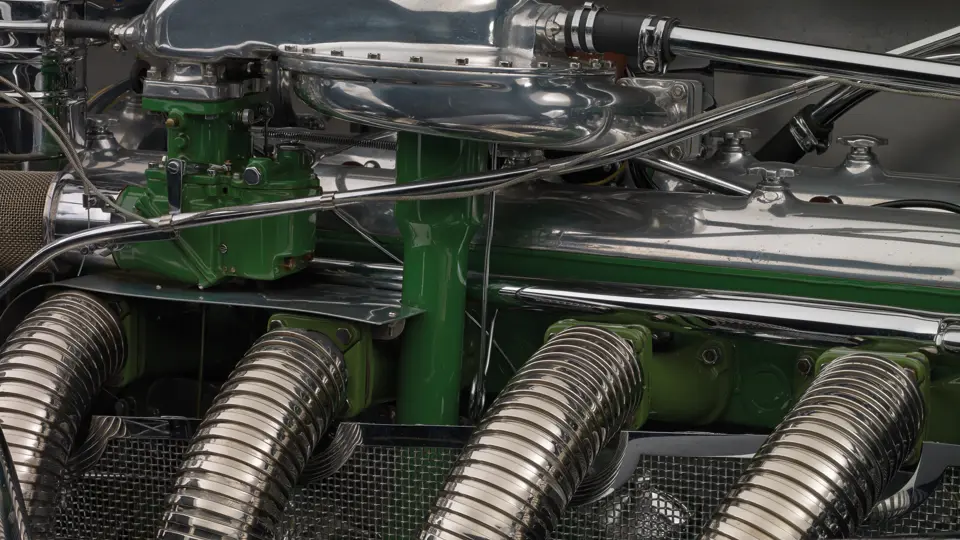

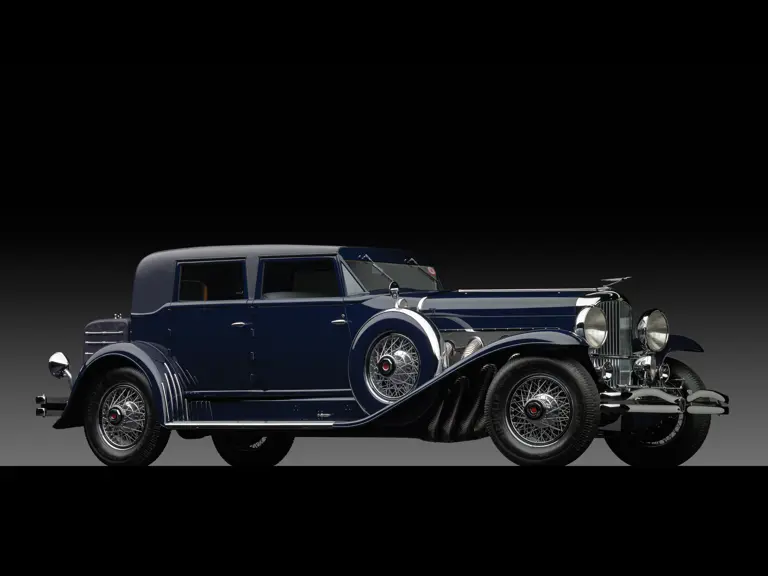
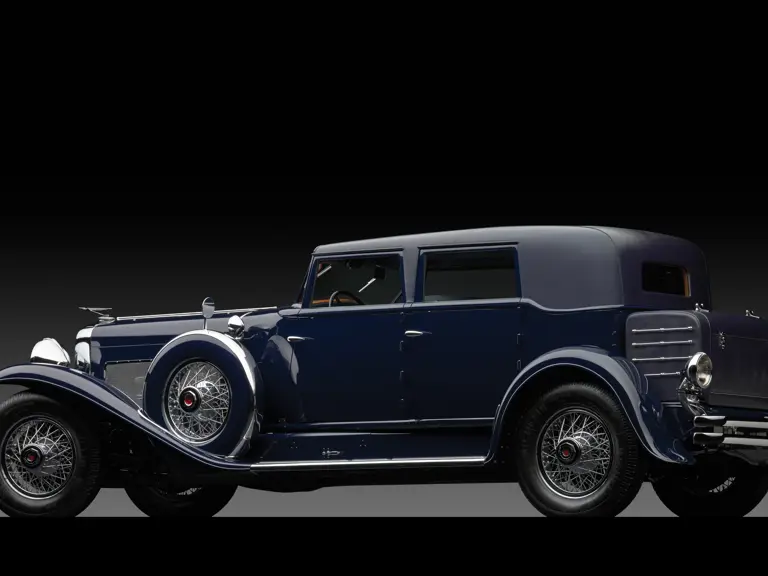
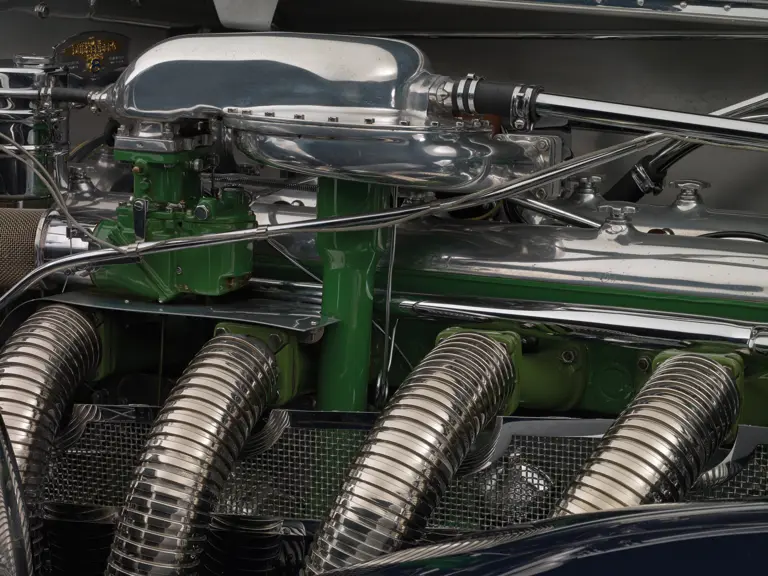
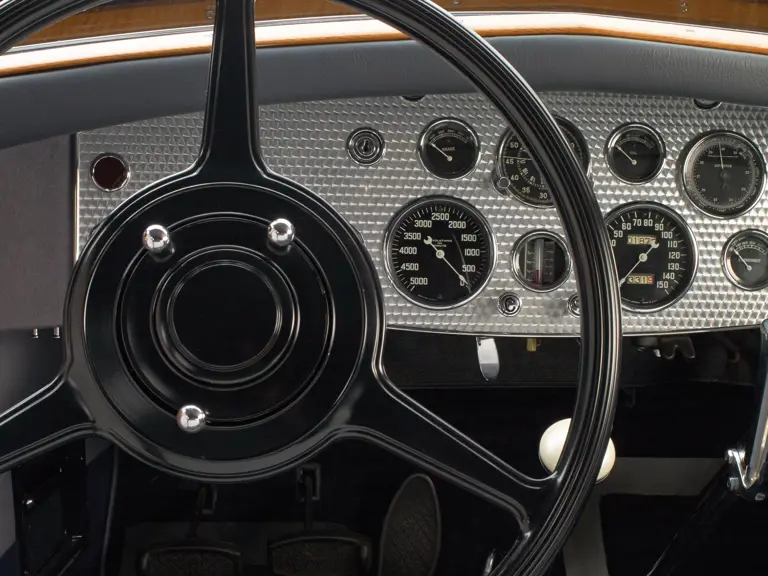
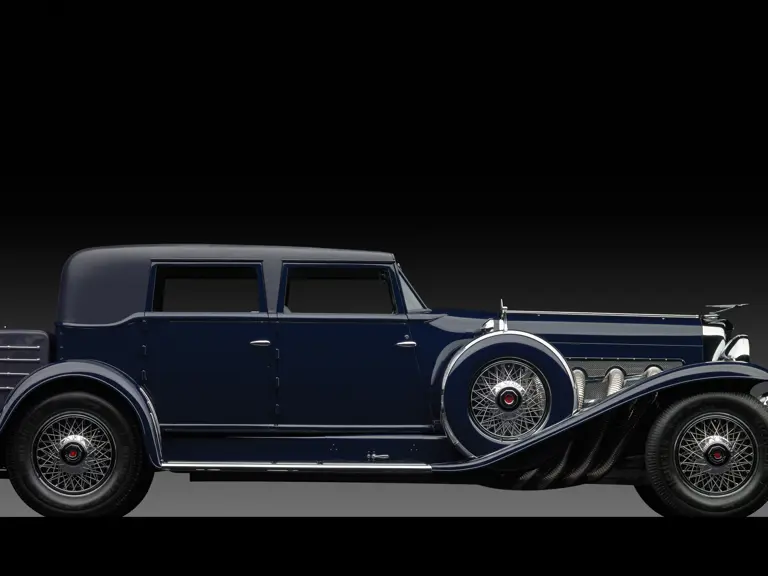
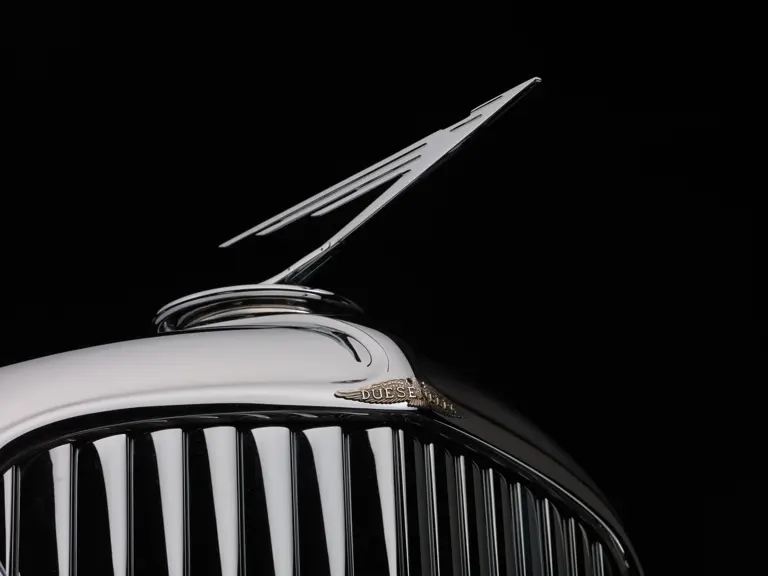
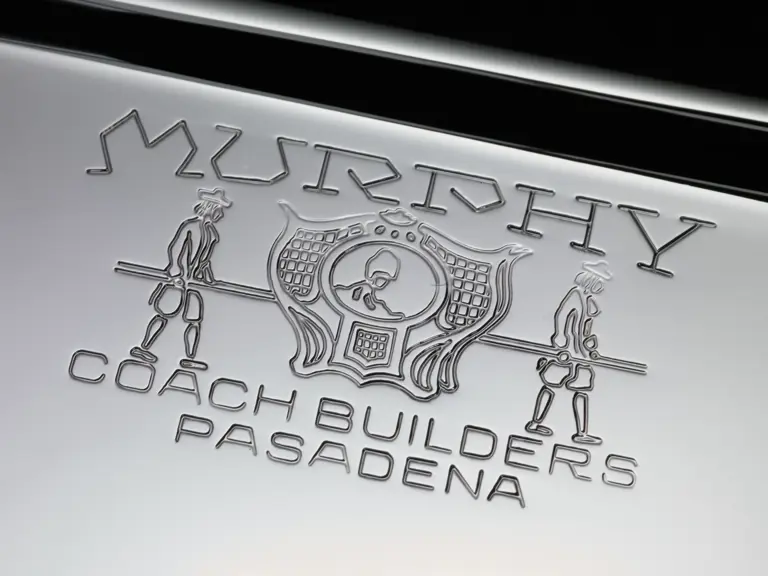
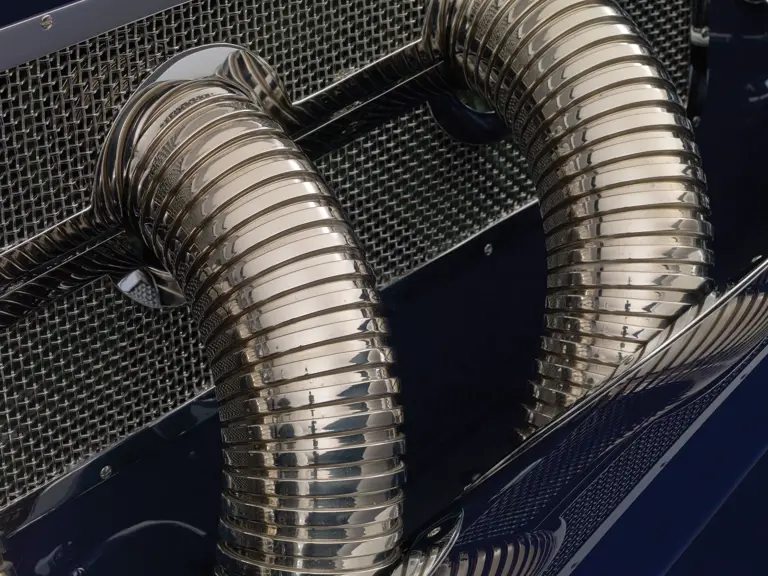
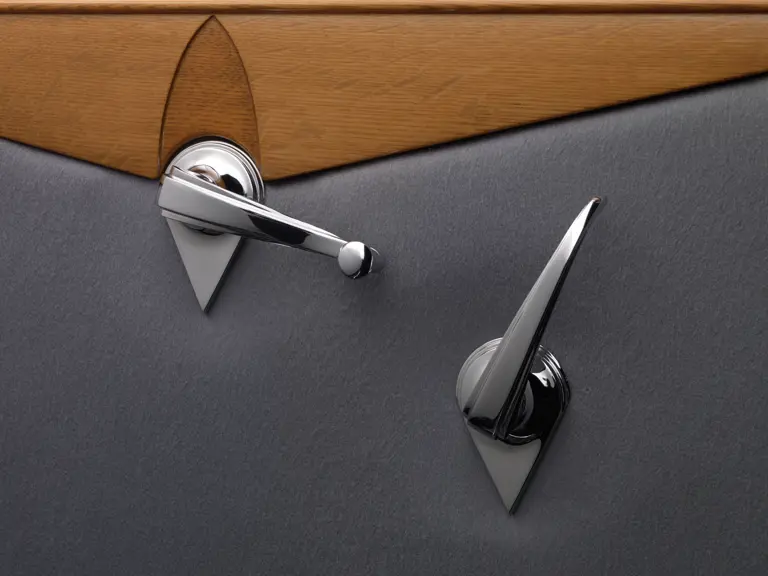
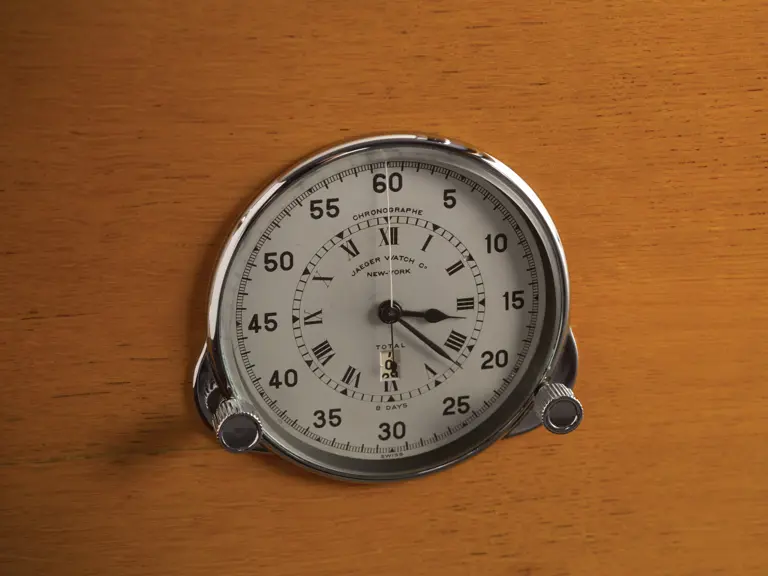
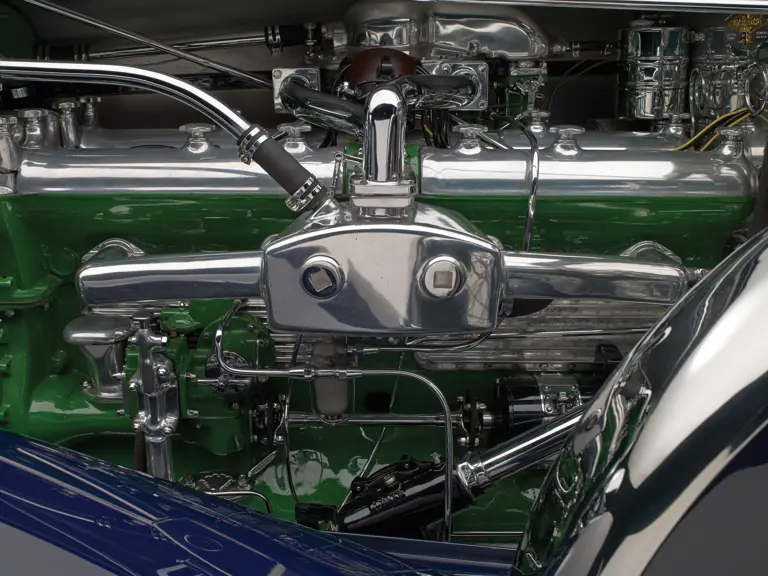


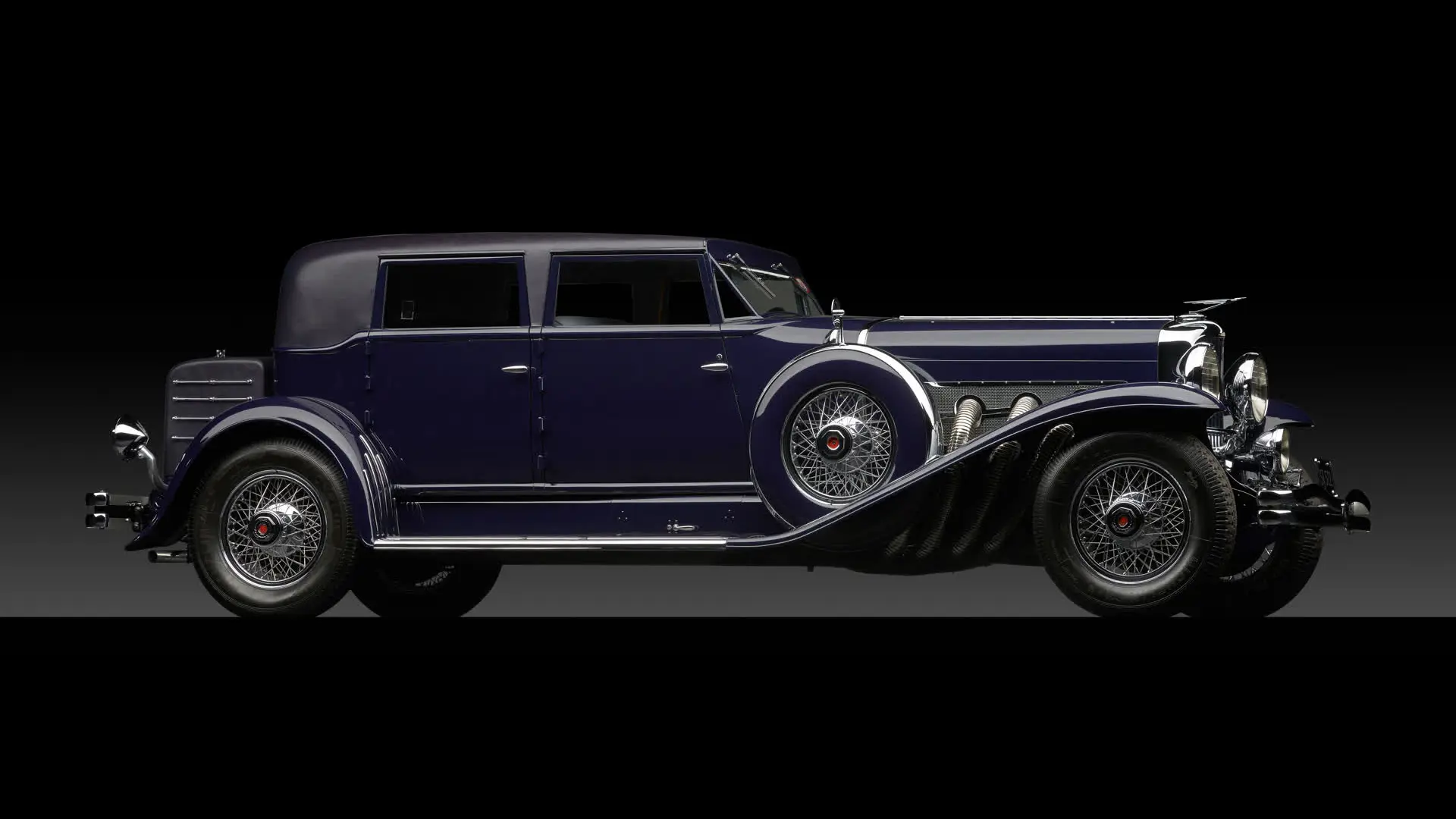
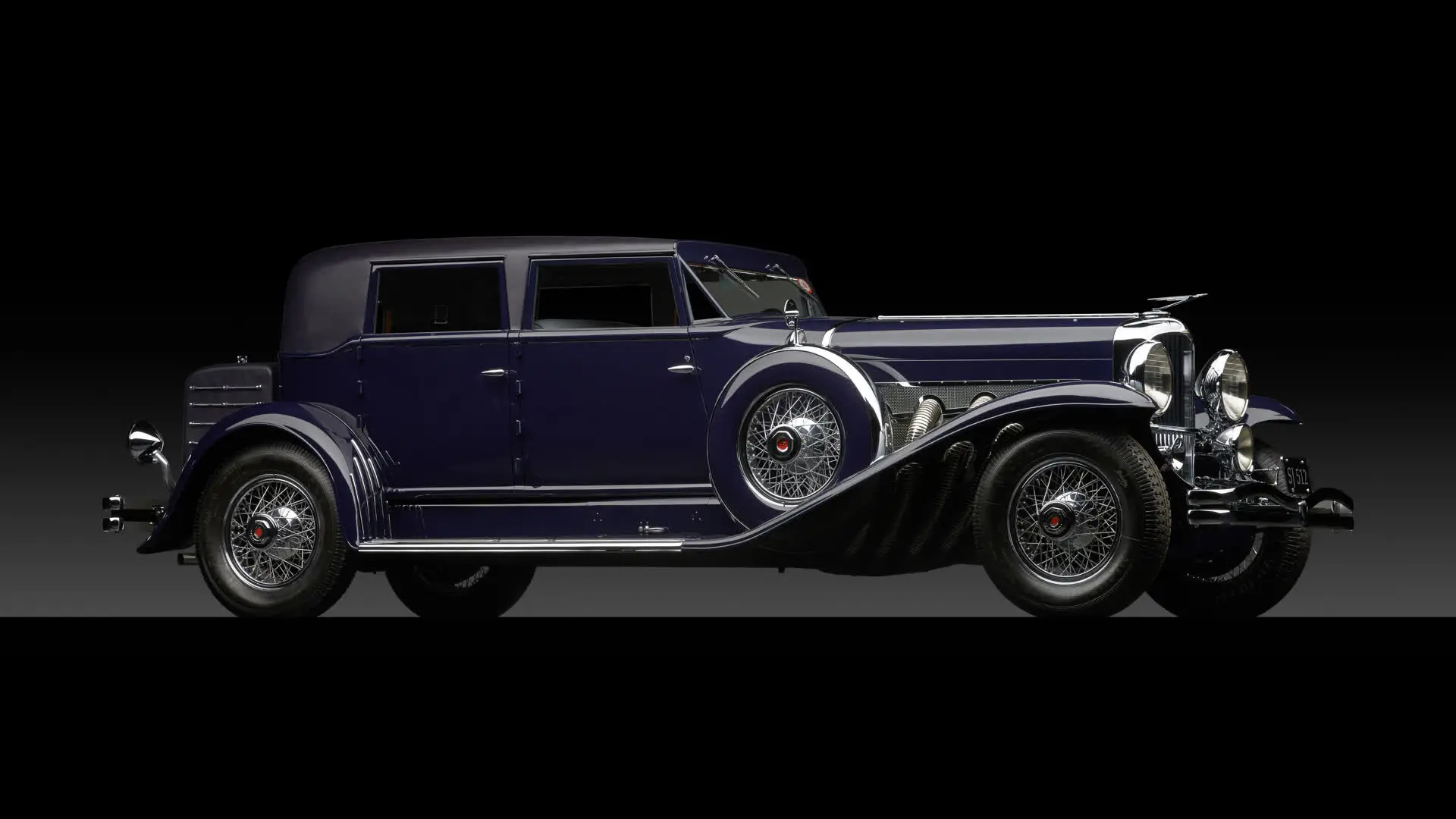
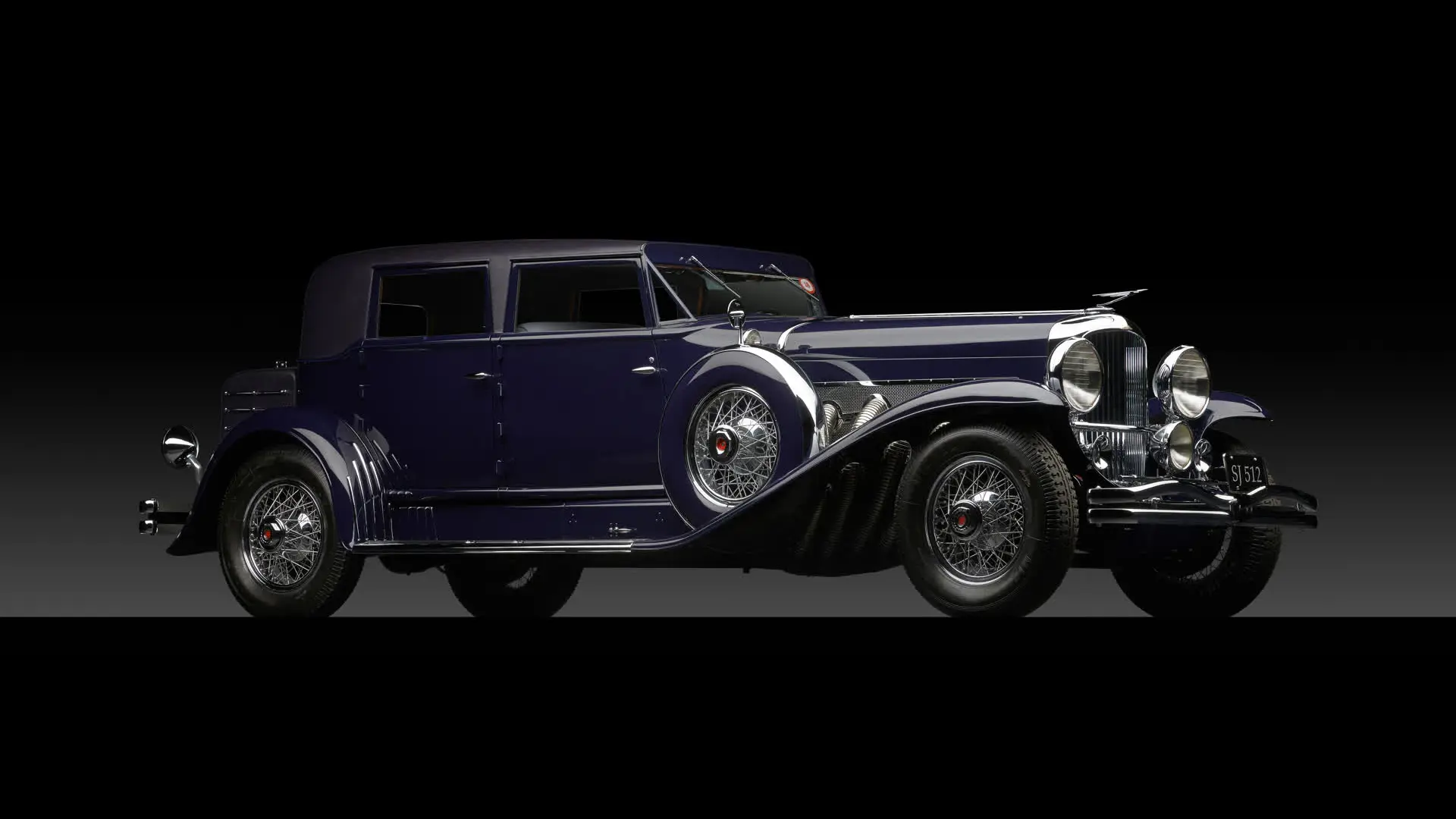

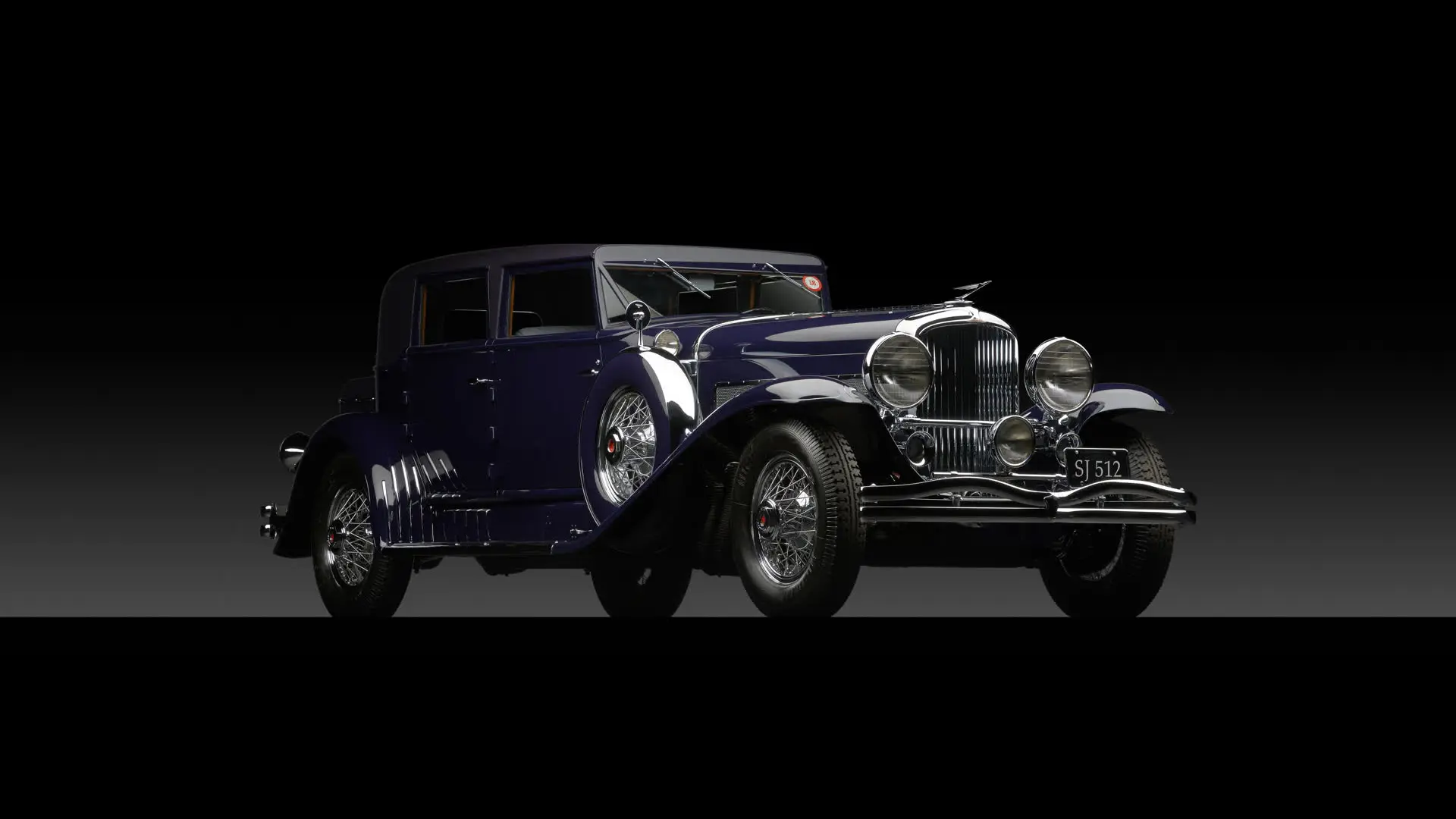

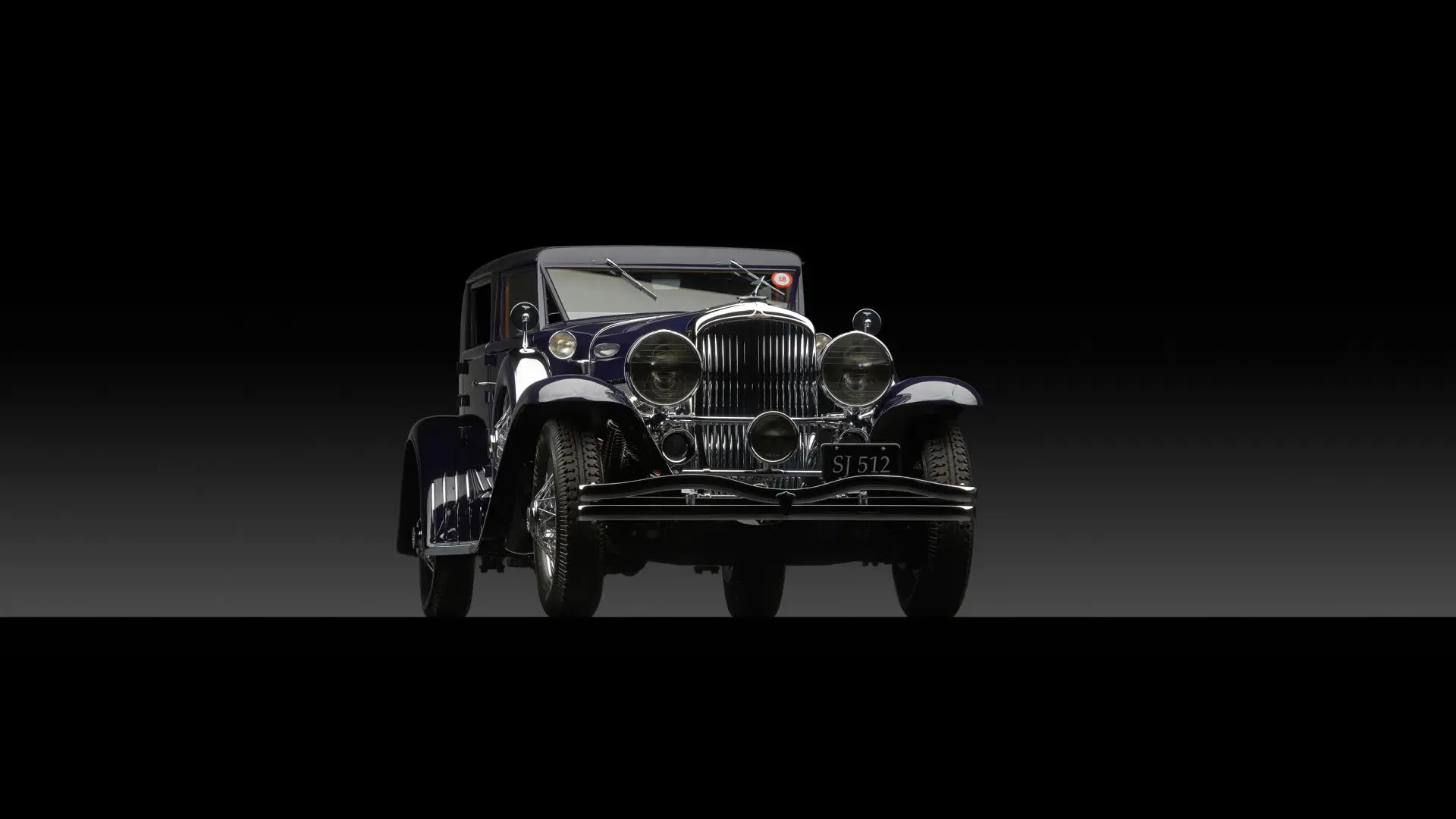
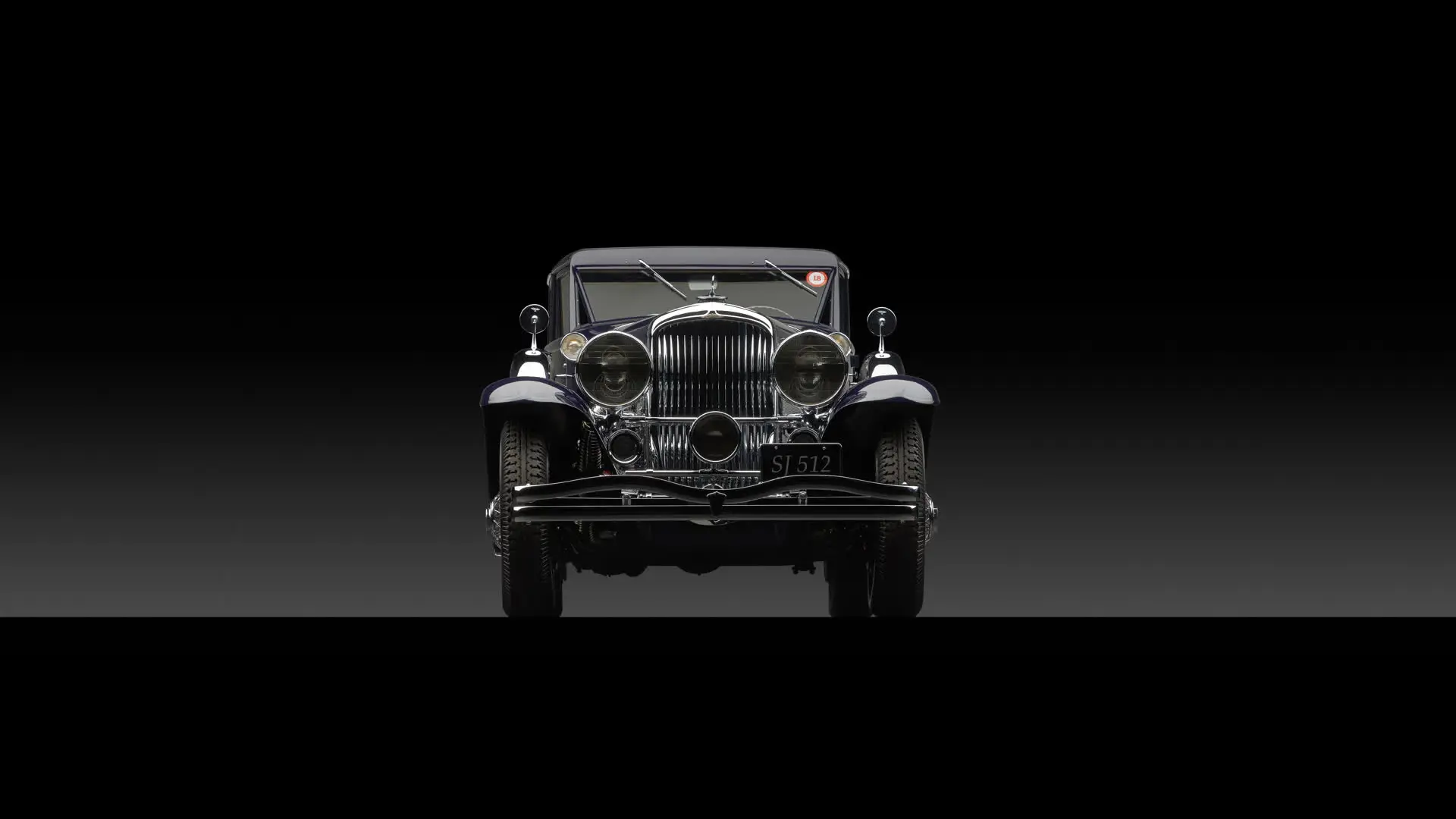
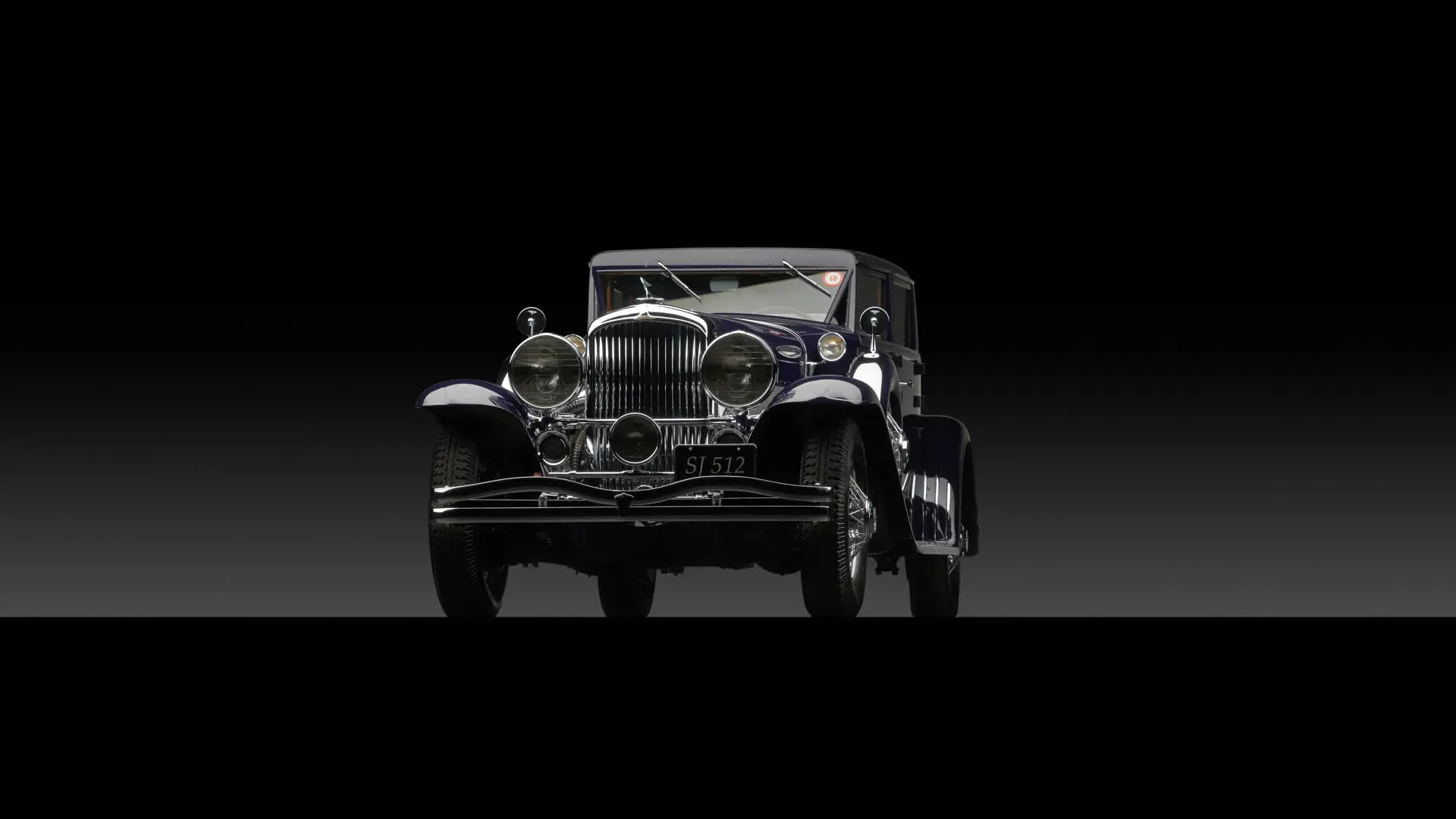
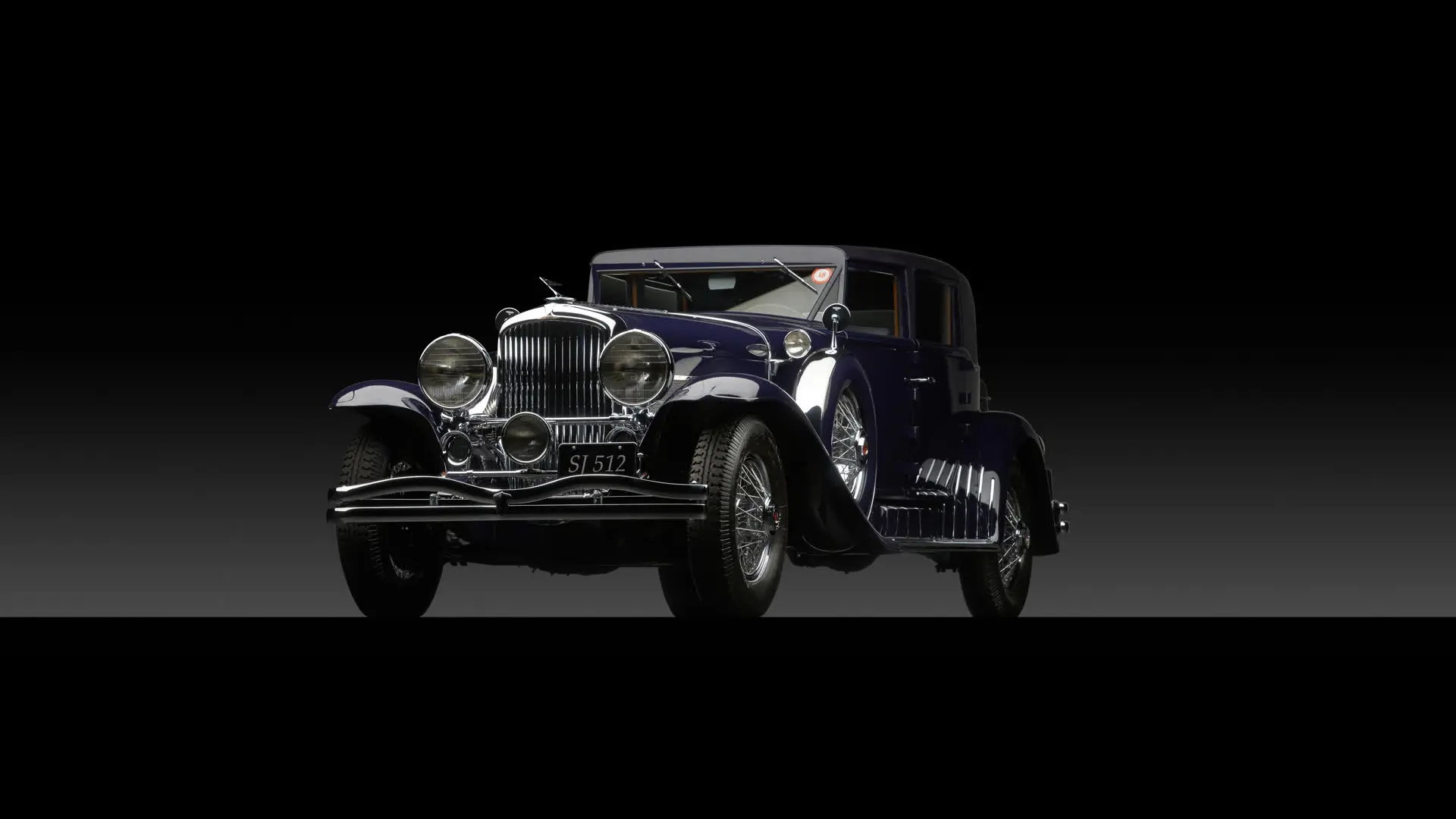

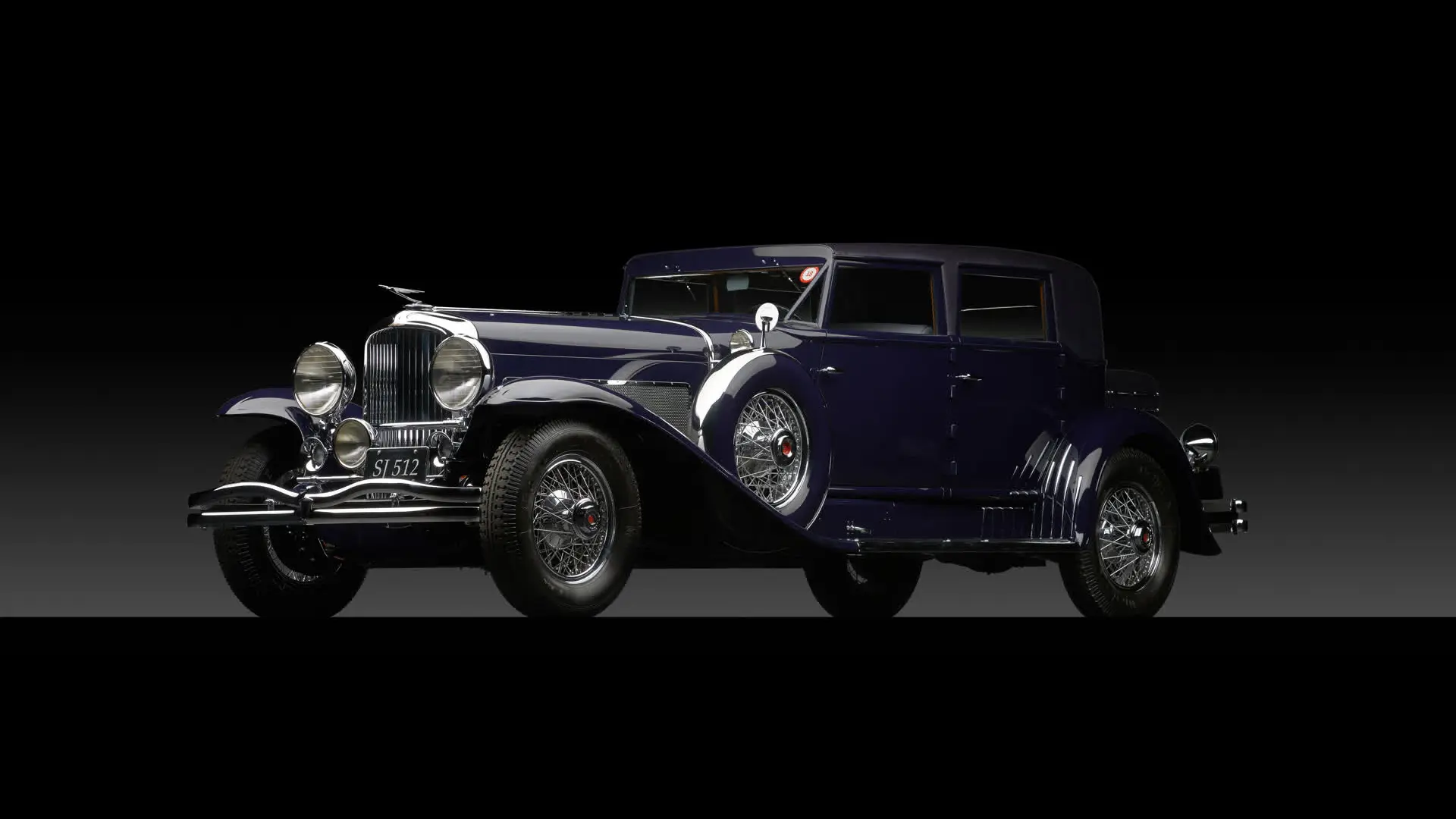
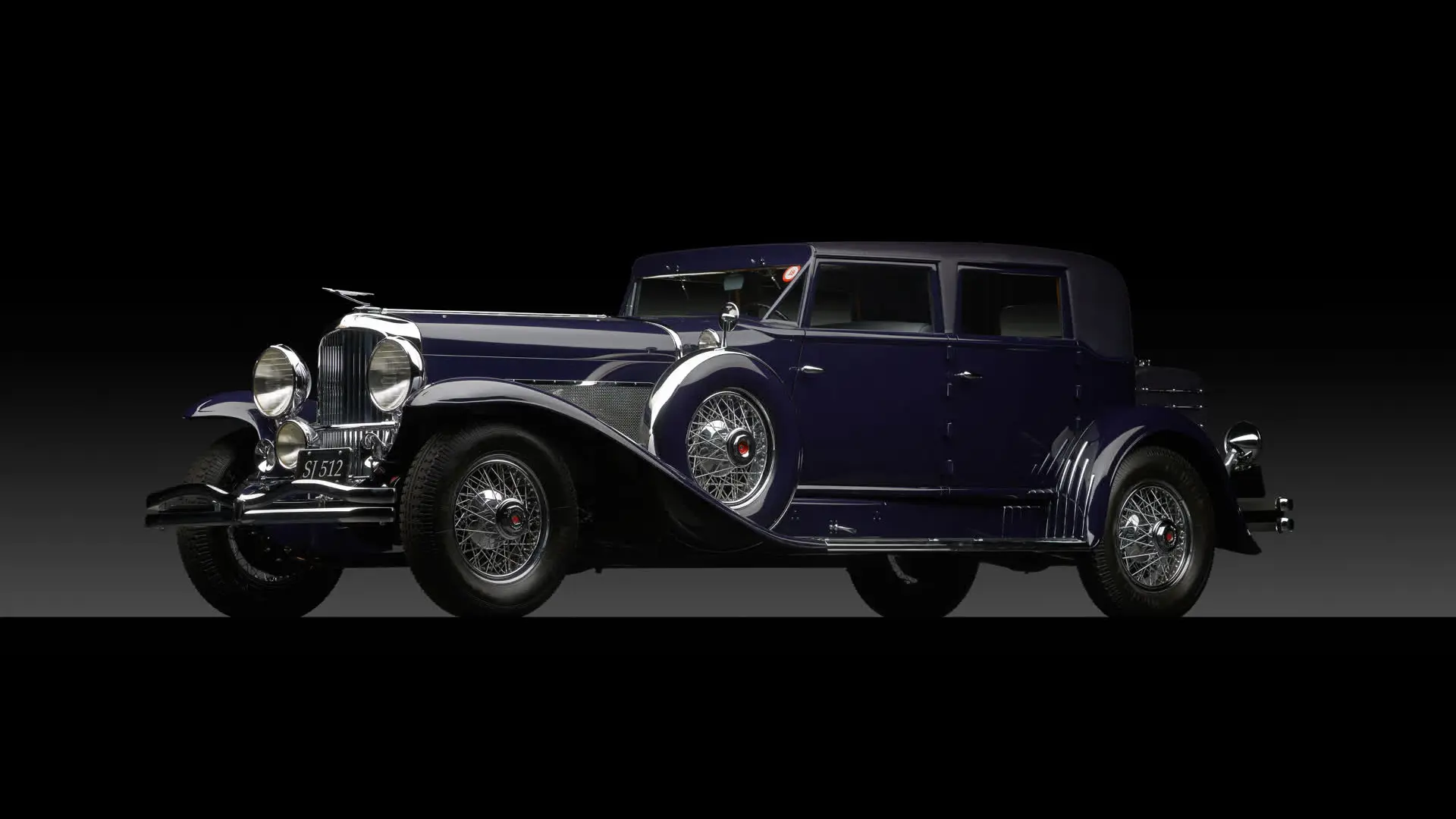
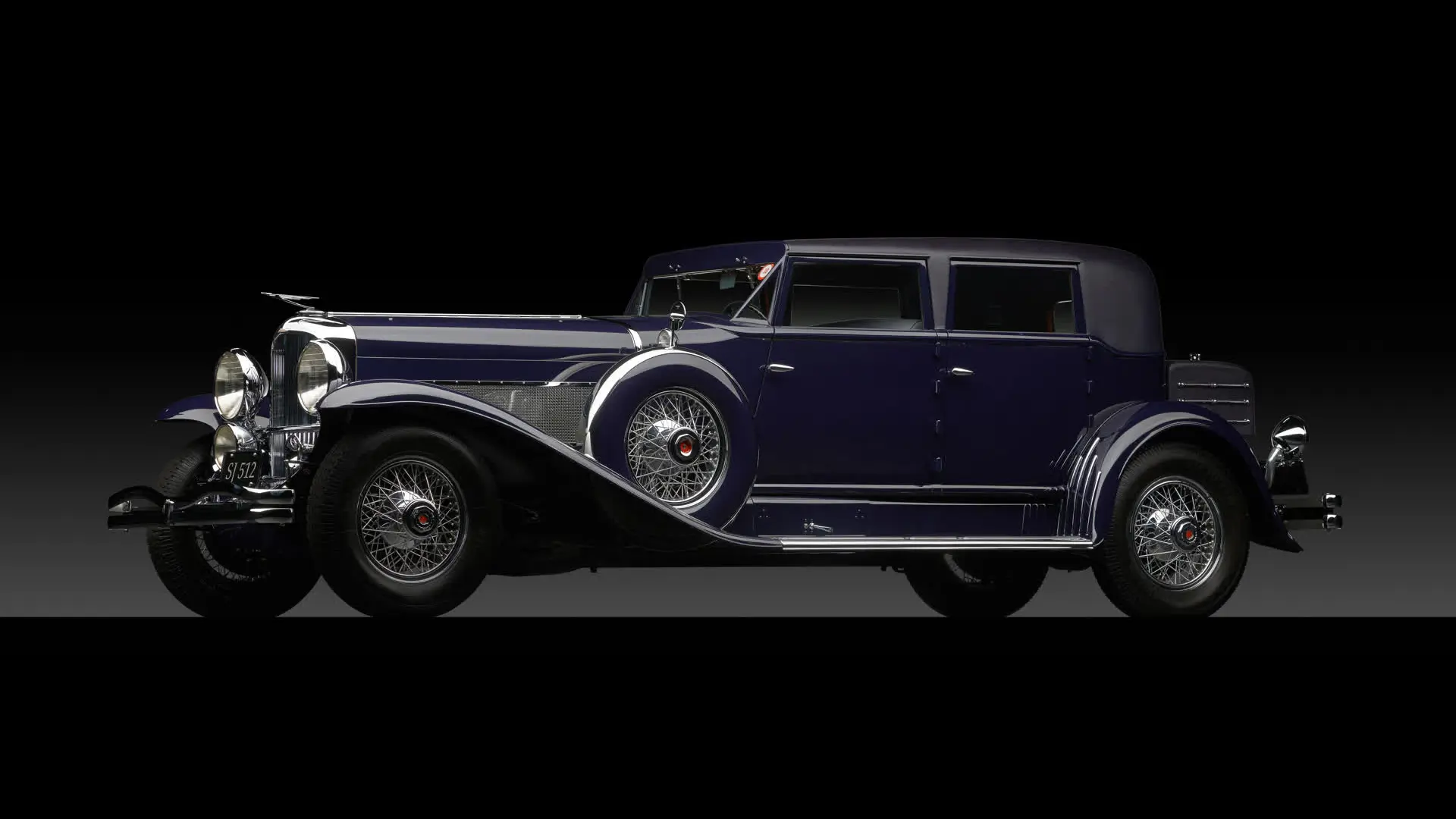

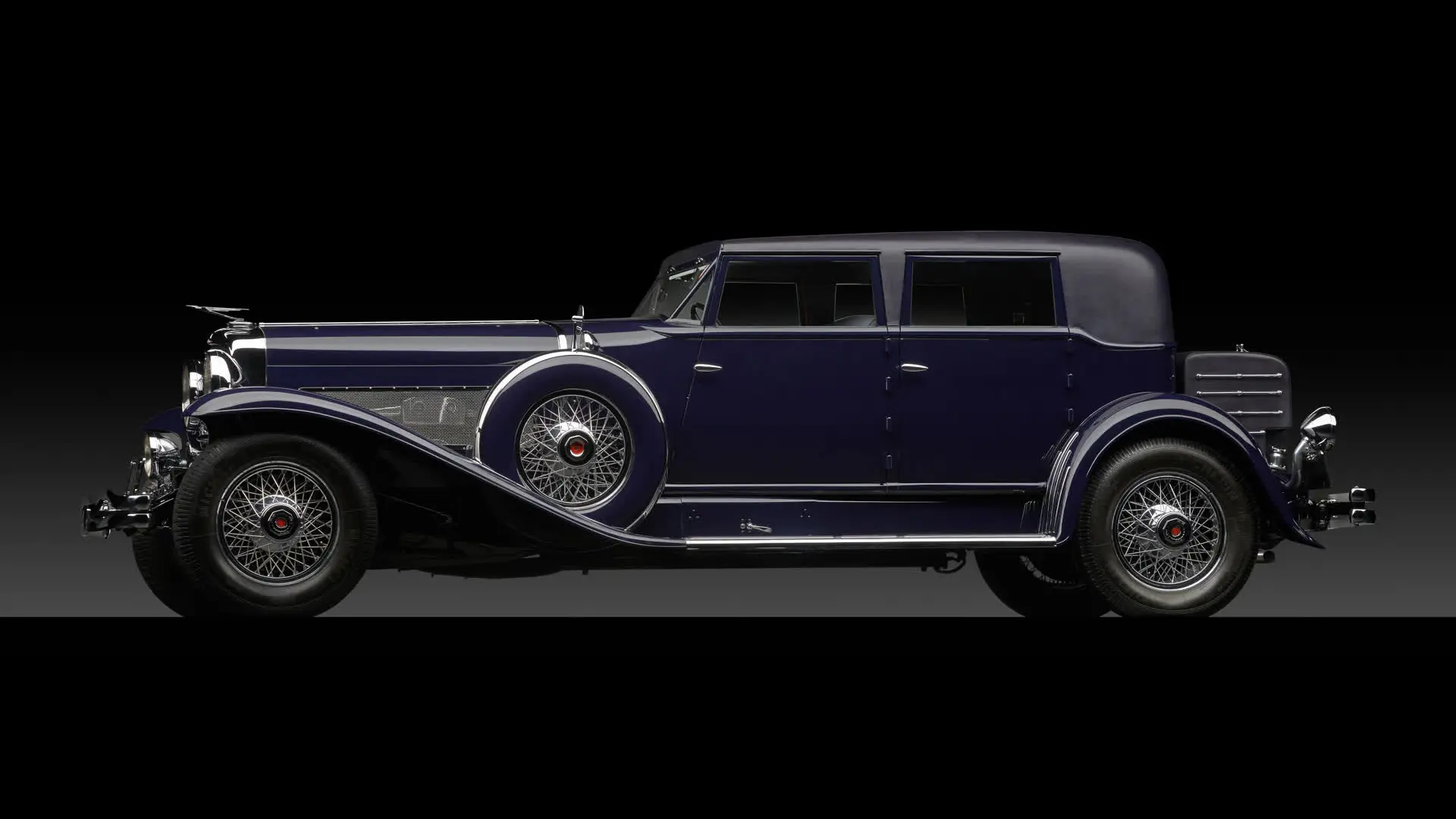
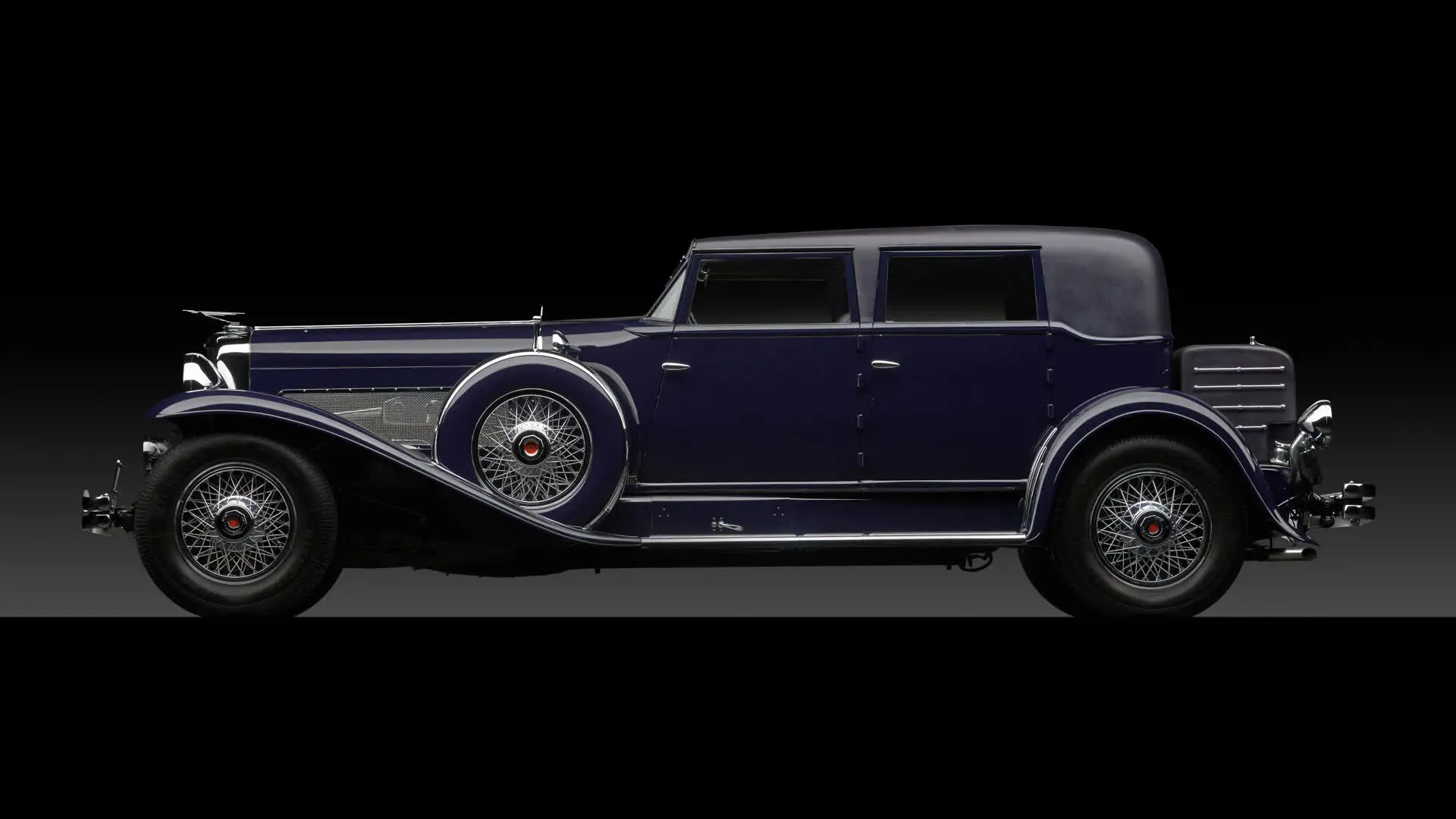
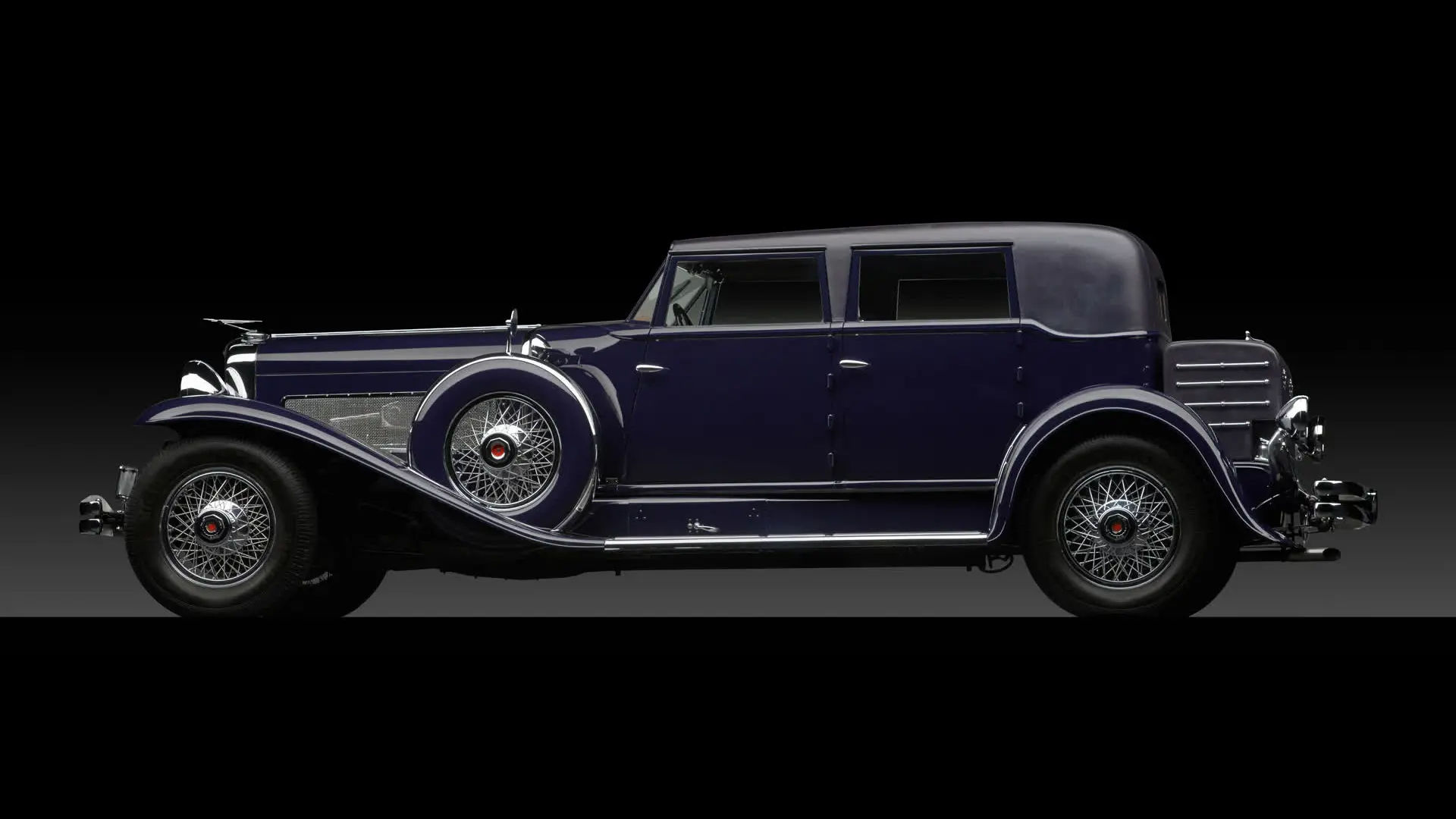


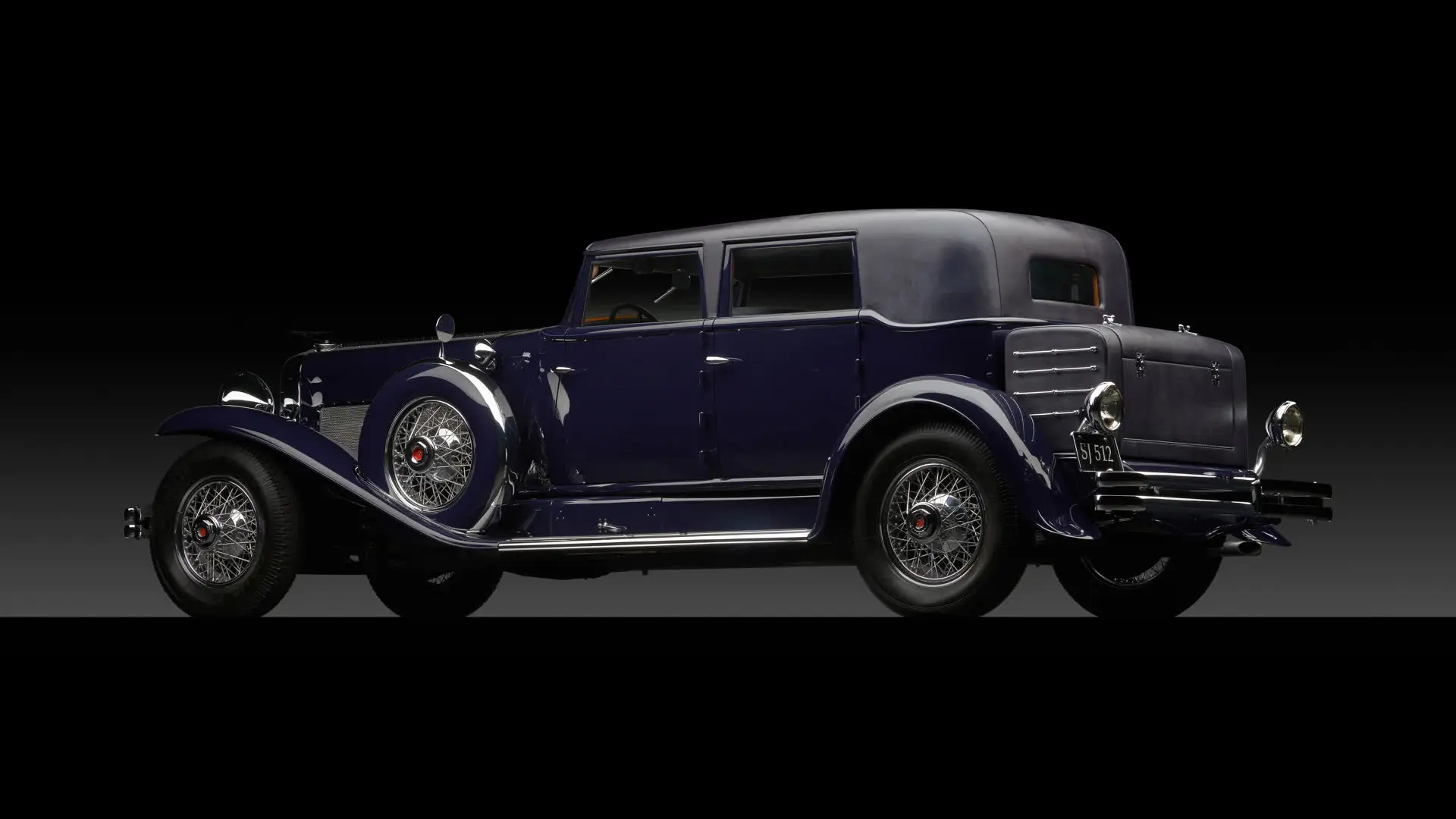
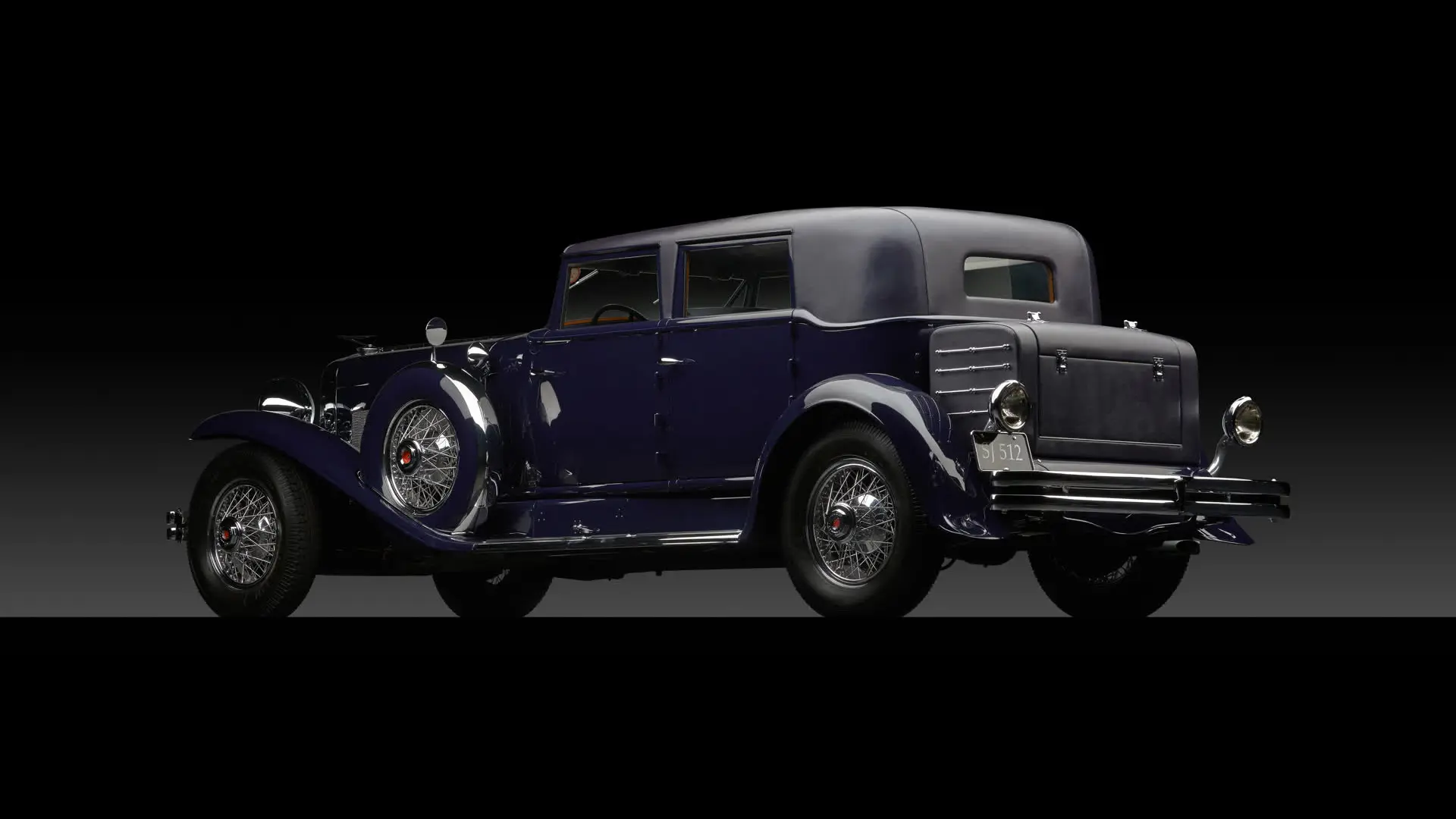


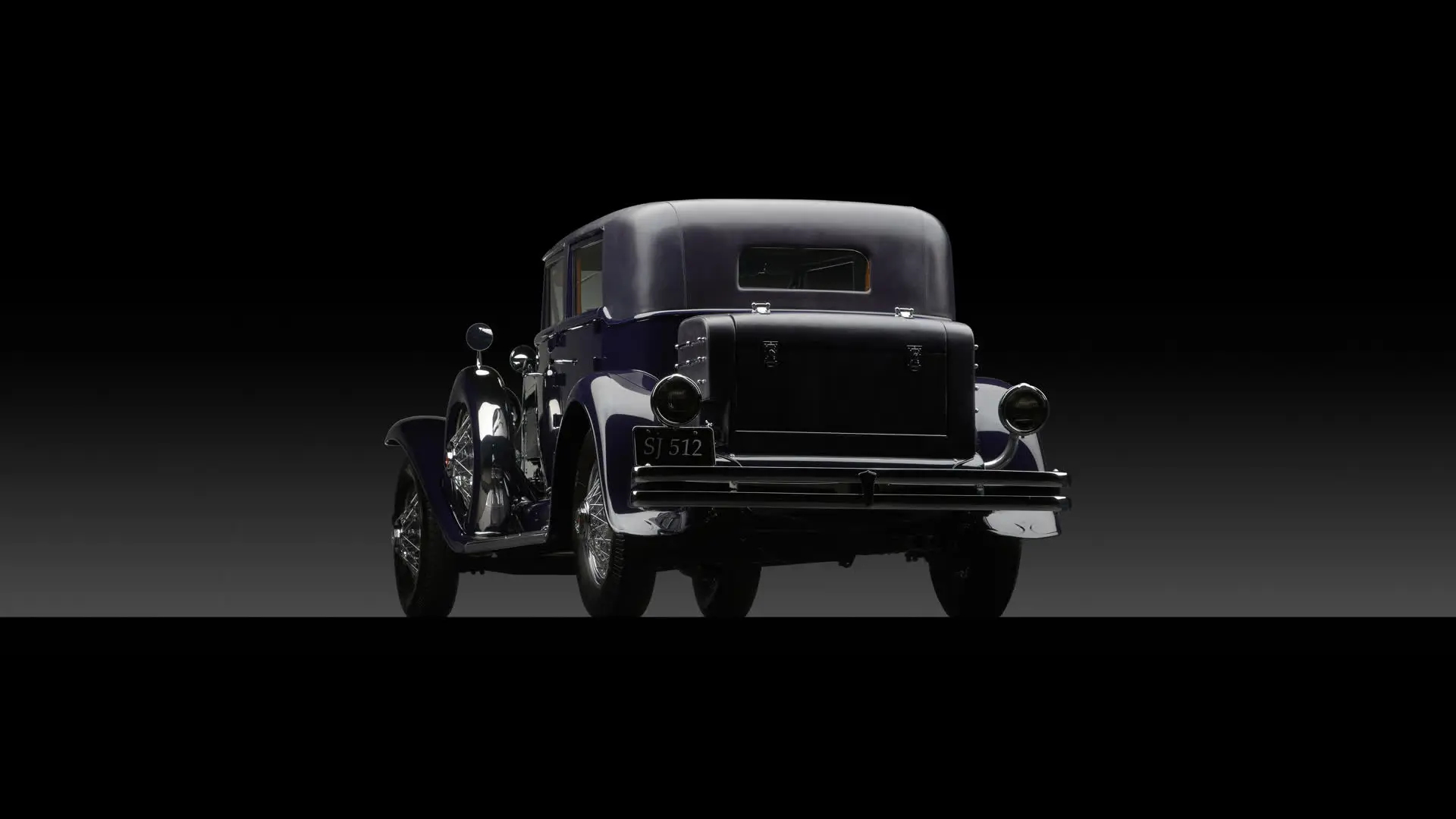
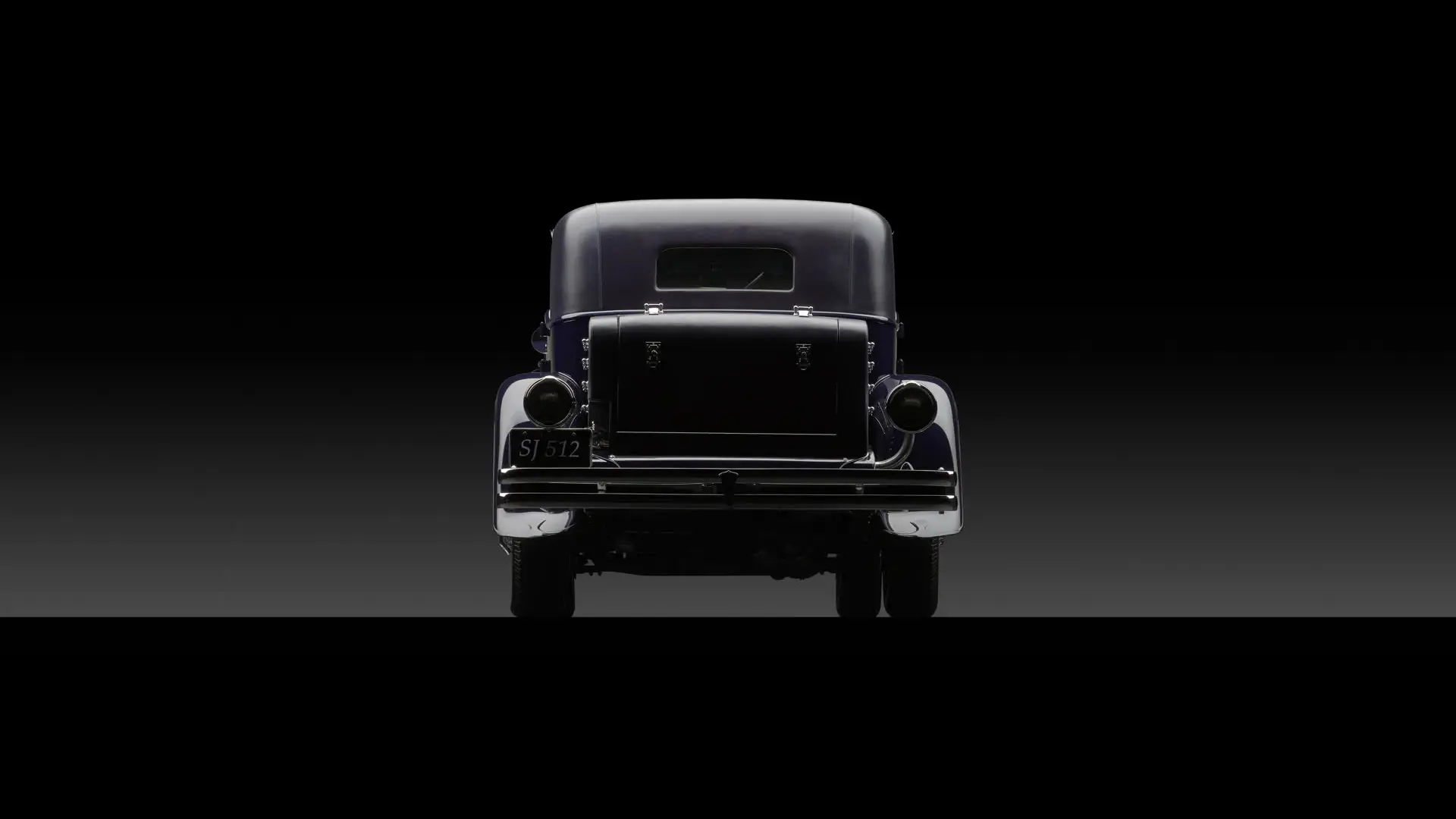
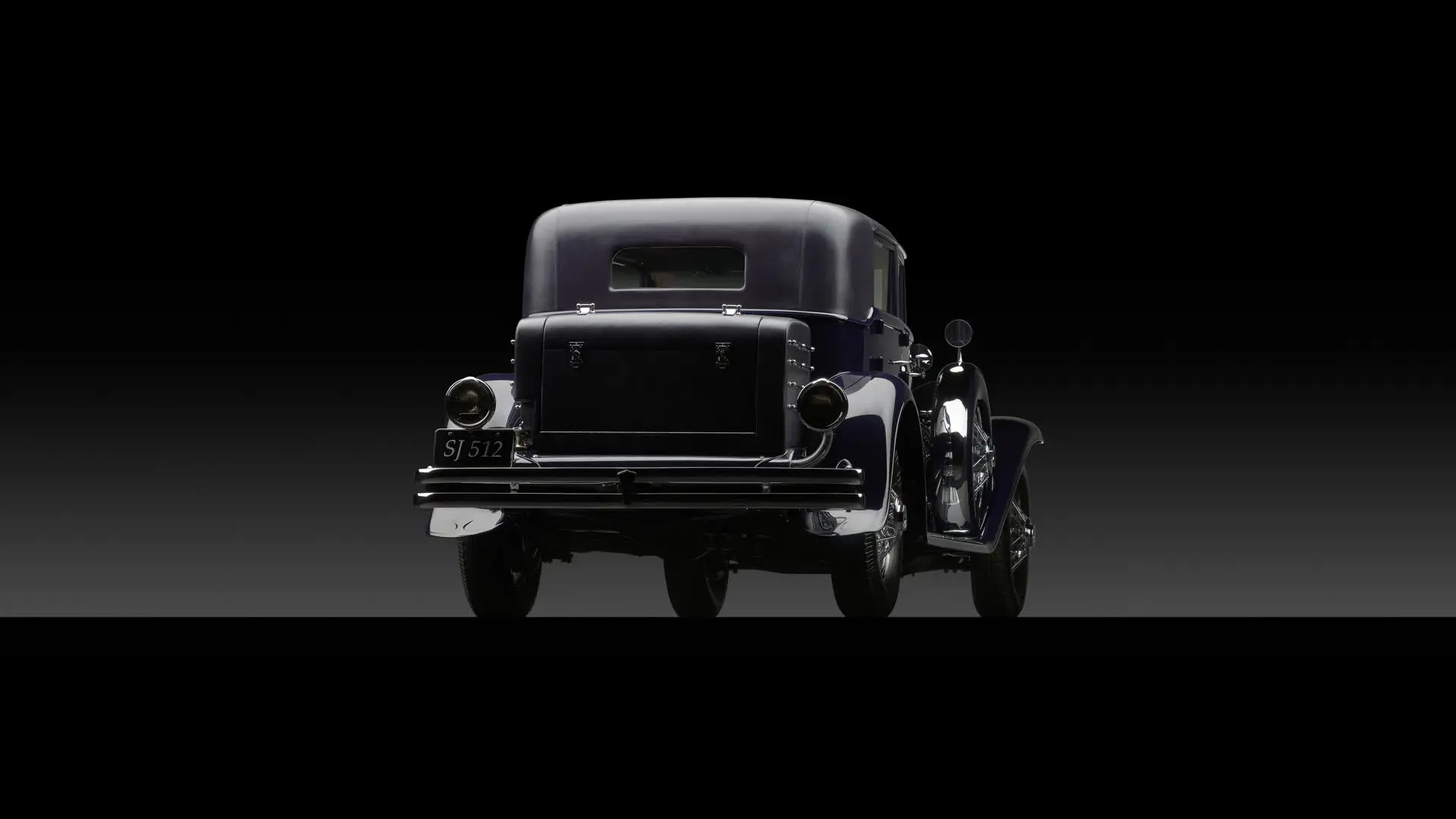
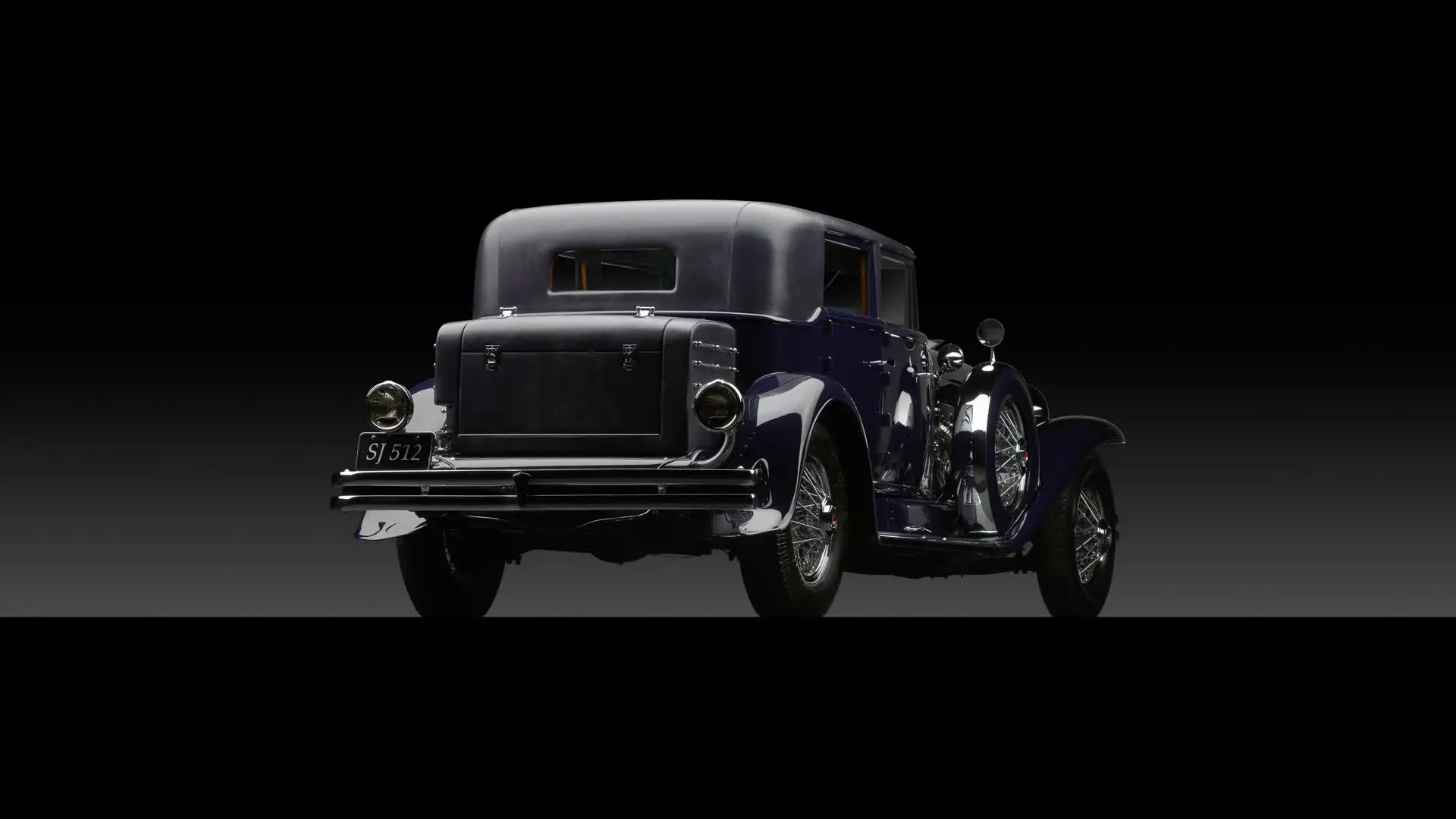

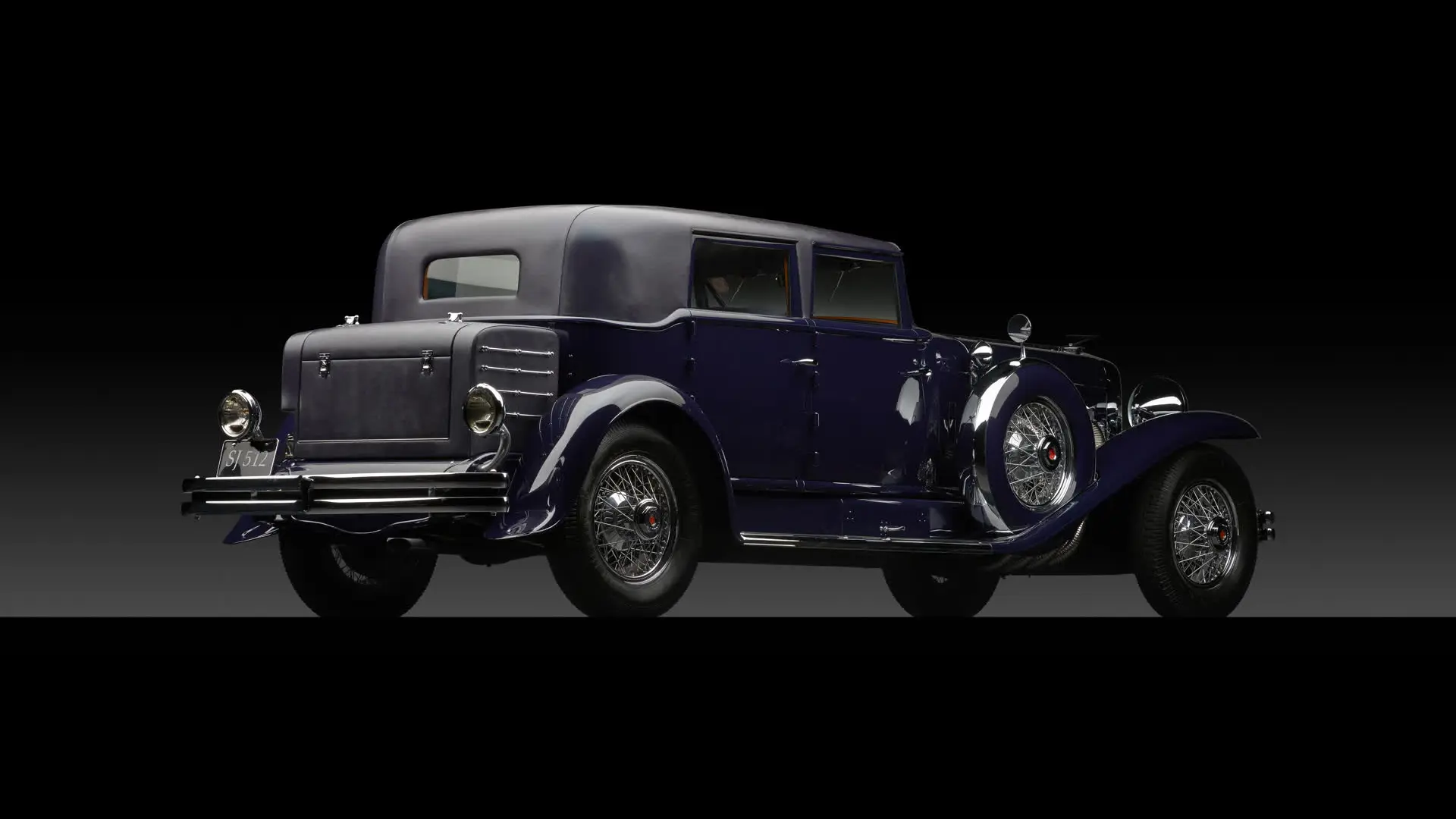
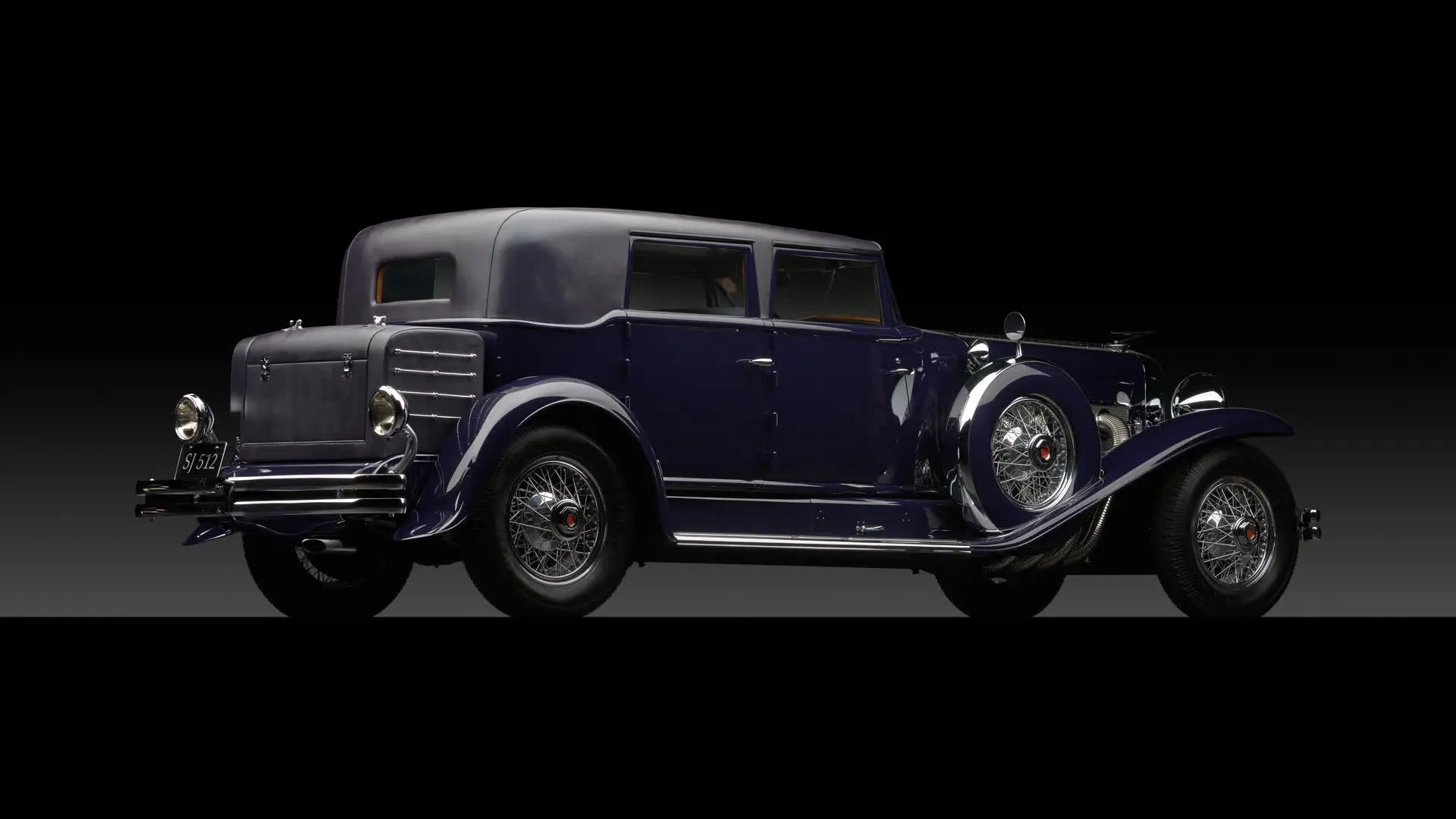
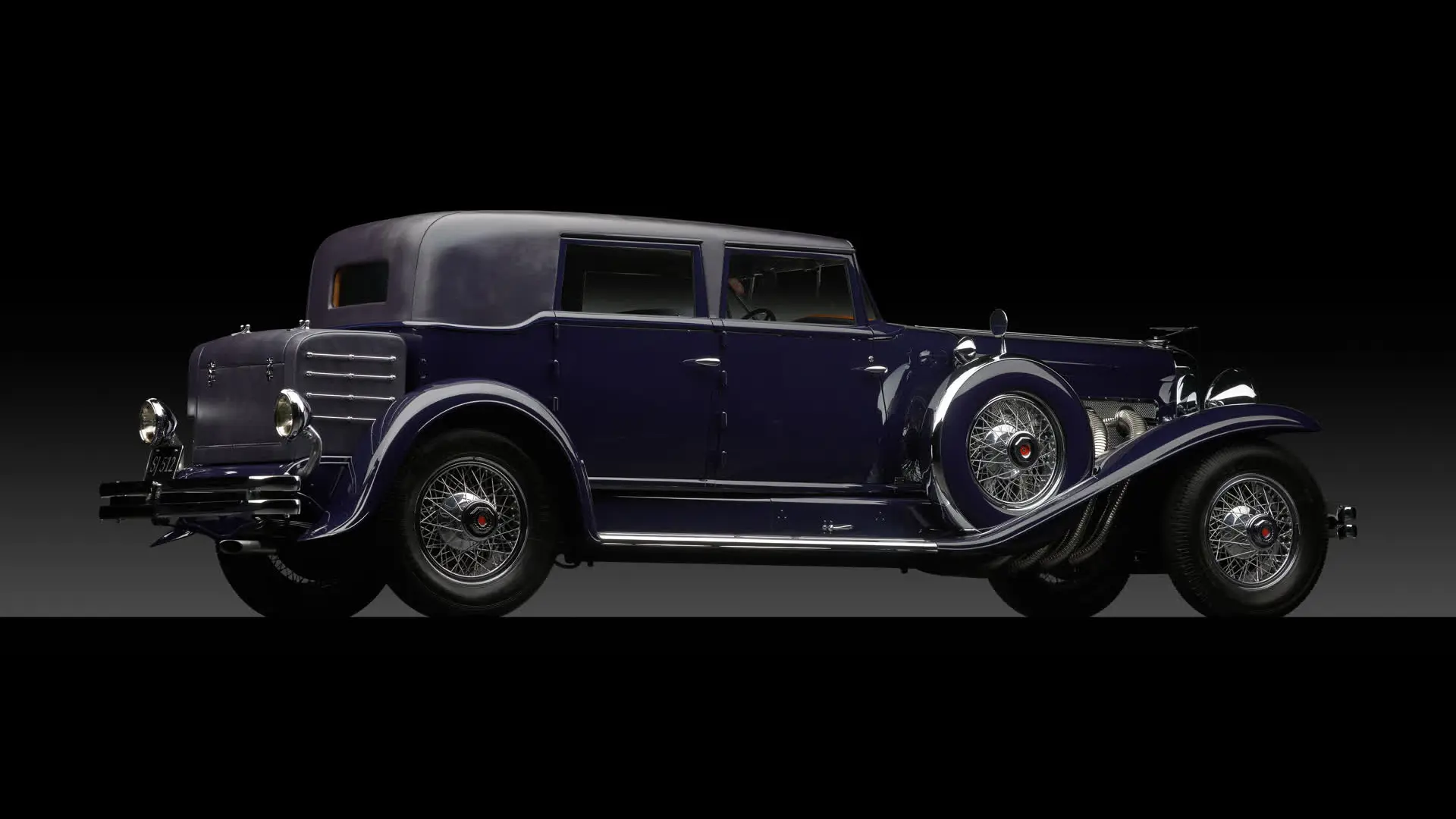
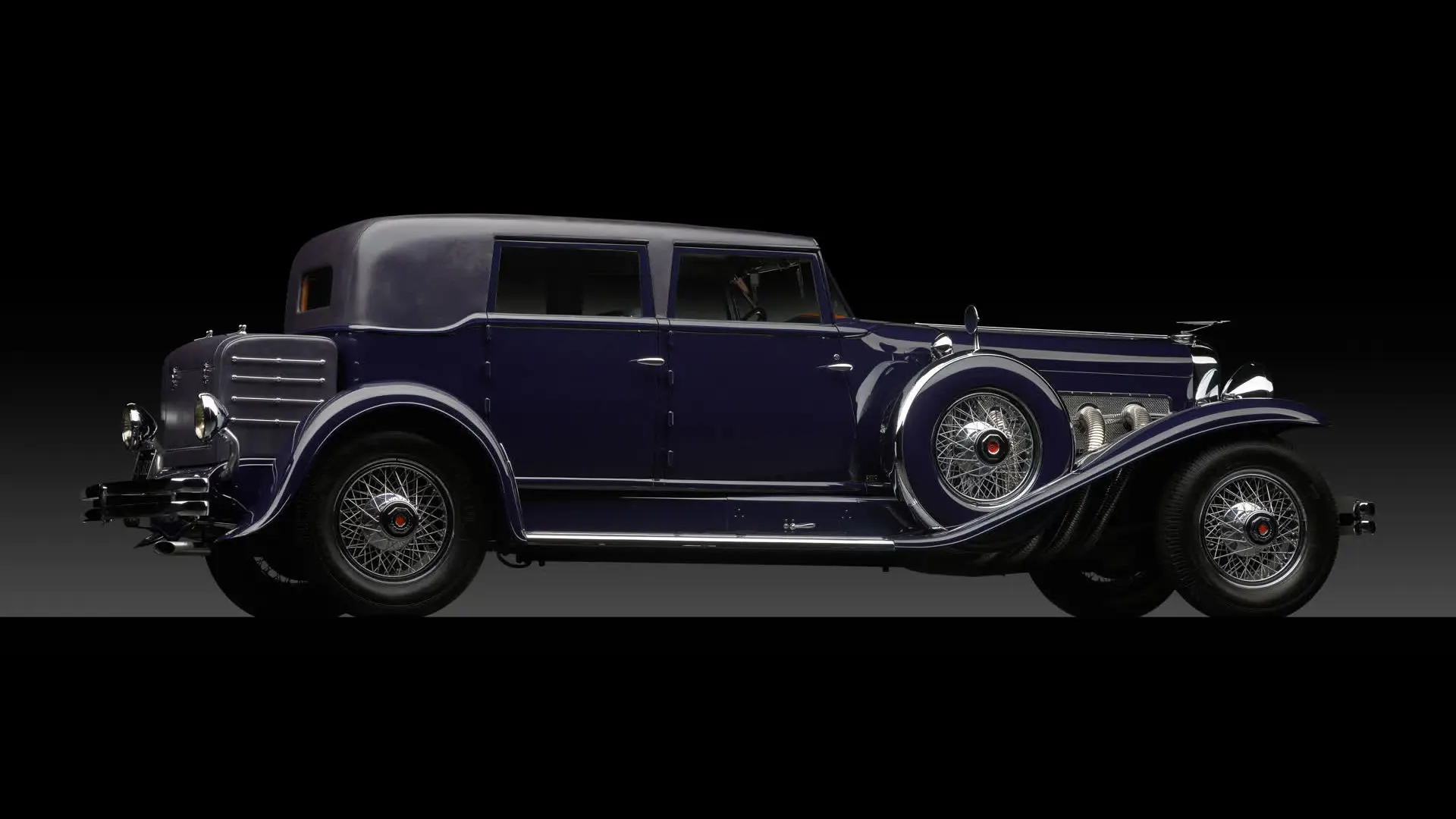

 | New York, New York
| New York, New York
